Certain aspects of Harry Potter lore exist between the lines, and this makes them all the easier to miss. While a great deal of Harry’s story exists right on the surface, the more nuanced aspects of this fictional world and history are hidden behind foreshadowing, symbolism, and intriguing coincidence. What’s more, Harry’s limited perspective means that not everything would be within his notice, making him something of an unreliable narrator. Still, when looking closely at the Harry Potter series, there’s a great deal of subtle story and world-building behind the scenes.
Part of what makes these subtle implications so fun in Harry Potter is that there is no way to be entirely certain. It’s the question of whether a detail is a coincidence or an intentional addition from the author meant to expand the fictional world. Still, the layers of hints mean that these go a little beyond just Harry Potter theories. They are heavily implied to be canon within the text, even without definitive proof or confirmation. While arguments can always be made to the contrary, it’s fun to consider how Harry’s story continues below the surface.
8. Dumbledore Wanted Harry & Voldemort To Go After The Philosopher’s Stone
Hinted At In Philosopher’s Stone & Deathly Hallows
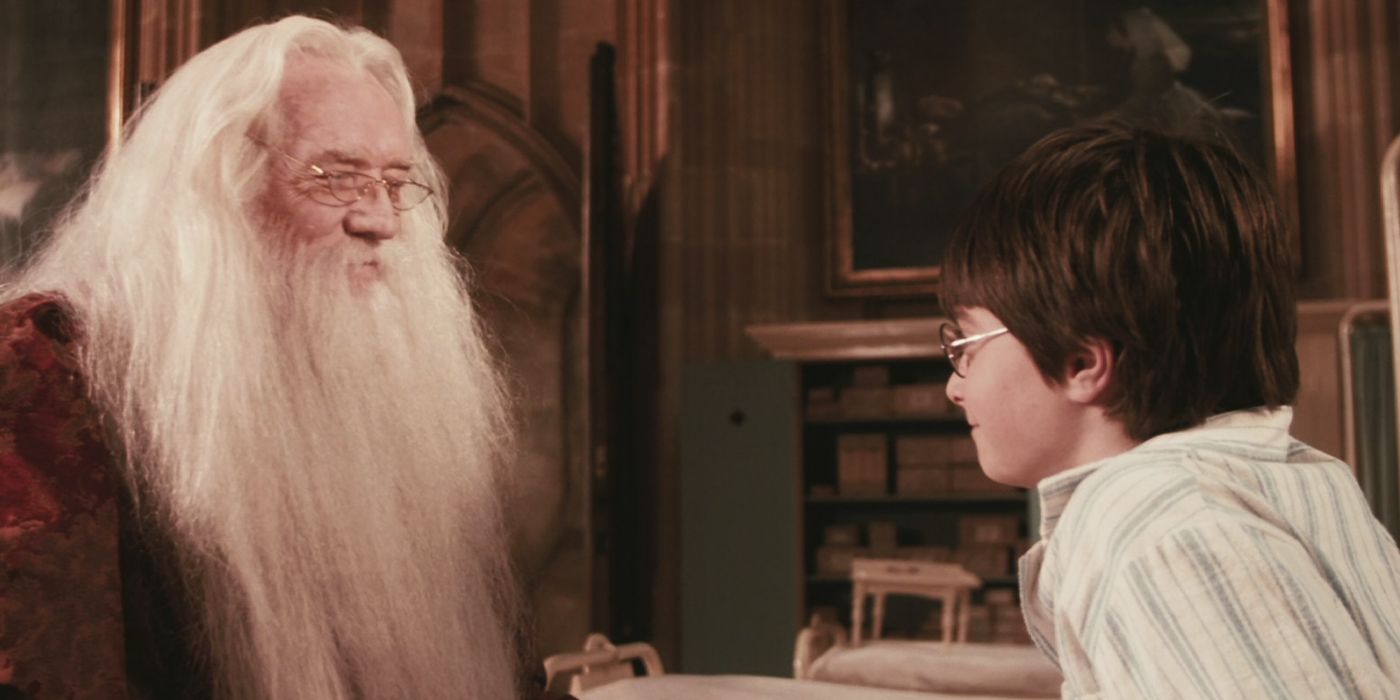
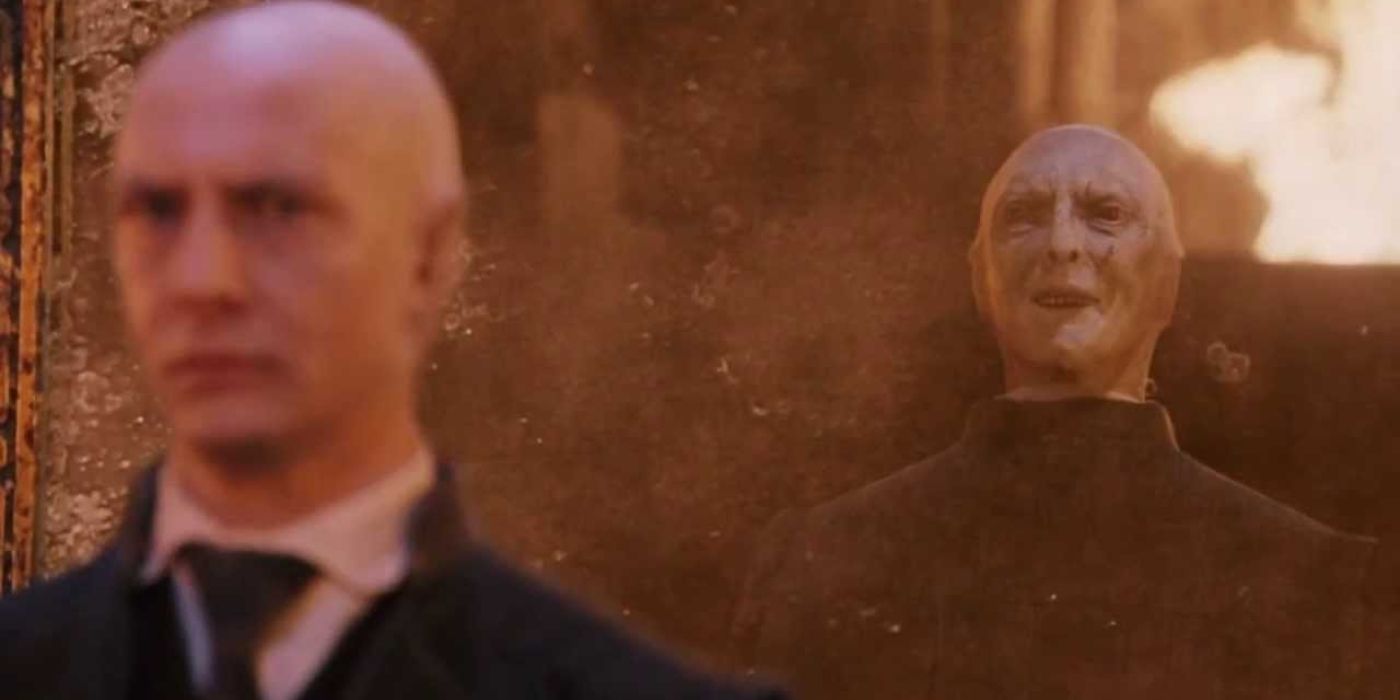
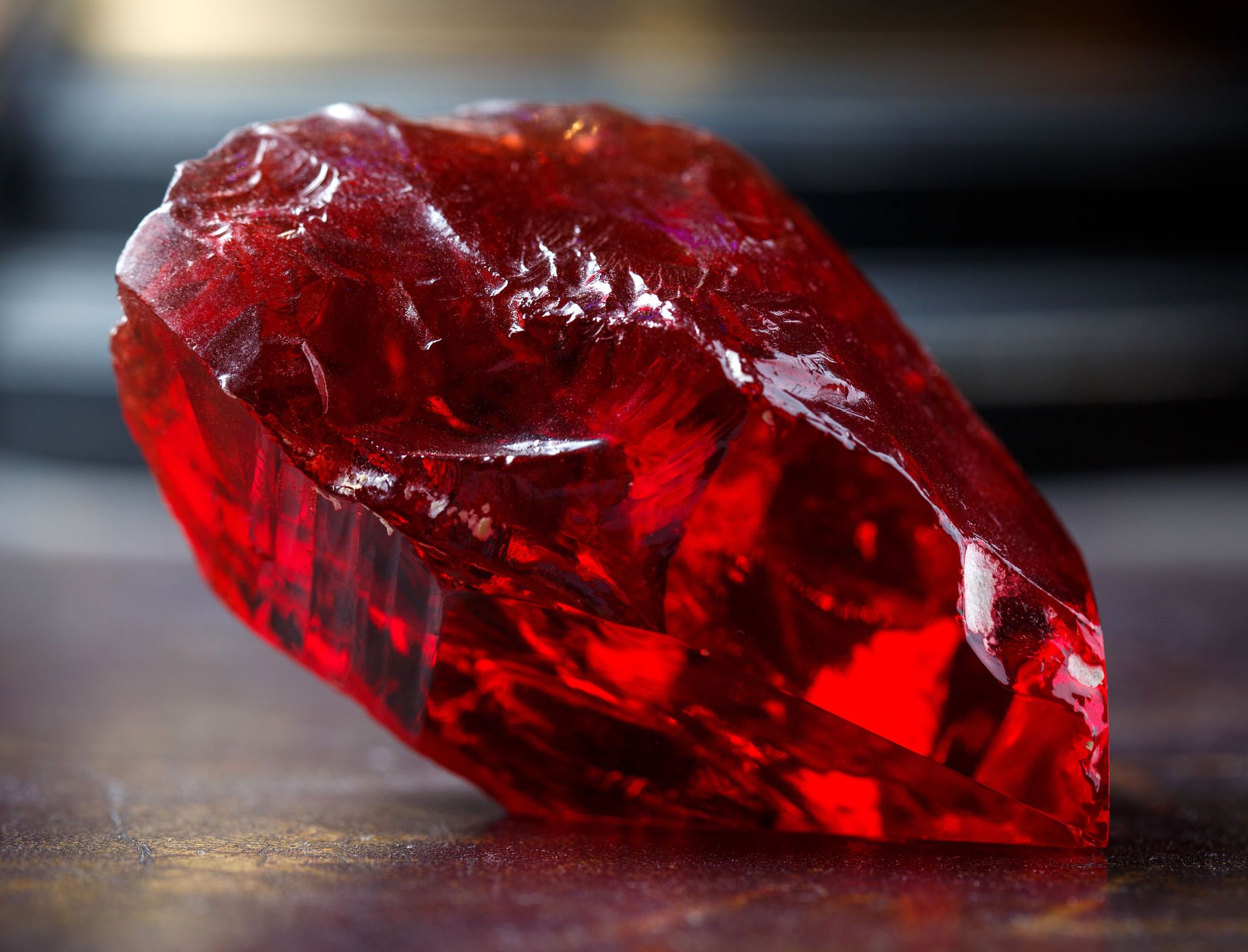
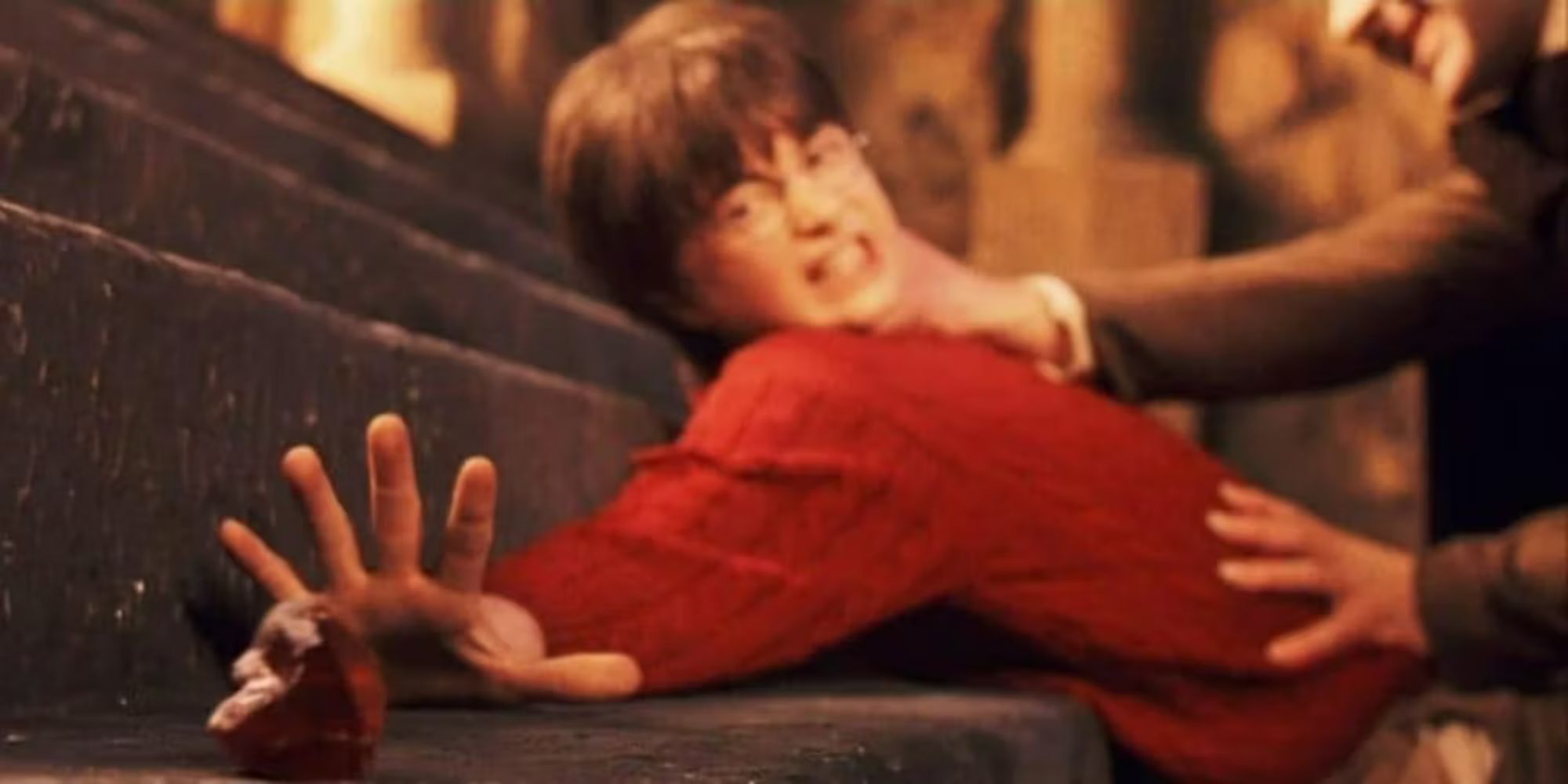
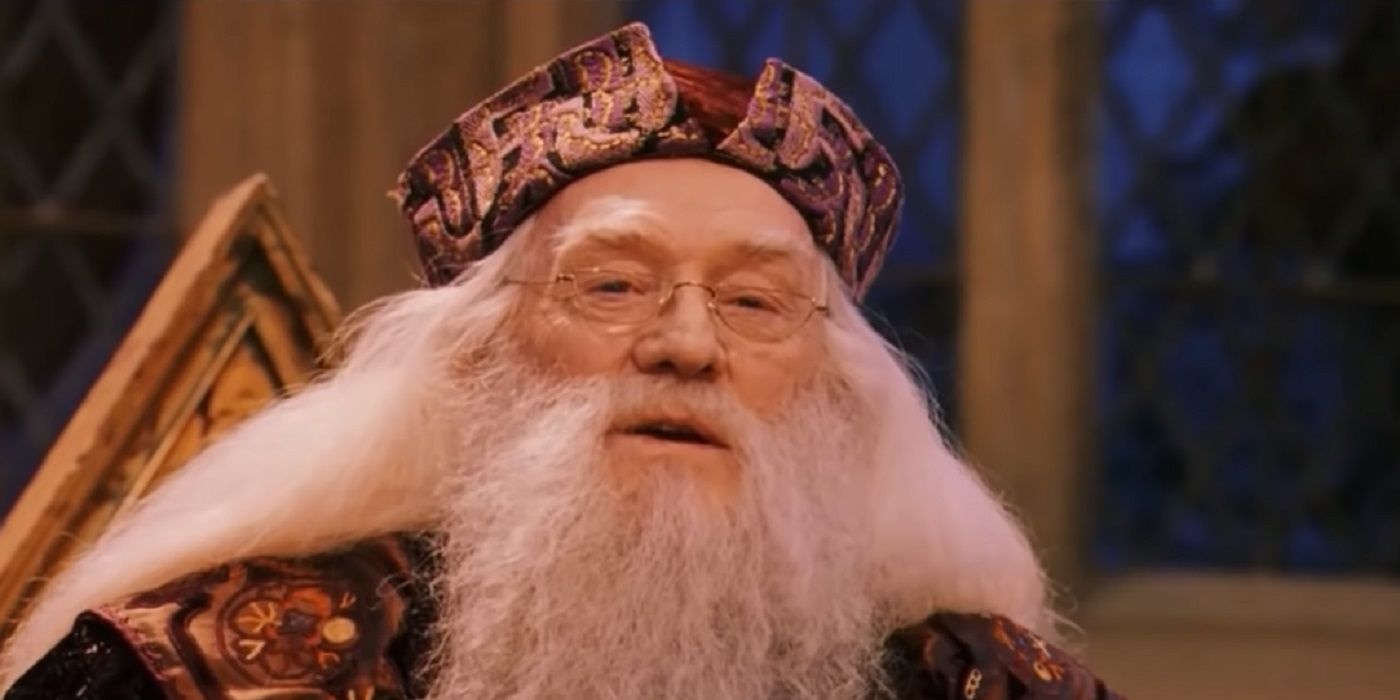





Dumbledore was an omniscient force in Harry Potter and the Philosopher’s Stone. He seemed to inexplicably know everything happening and appeared to be pulling all the strings behind the scenes. While later Harry Potter books revealed that this wasn’t entirely true, Dumbledore certainly understood a great deal about magic that others didn’t, so he had a pretty good idea of how things would shake out between Harry and Voldemort. To test his theories, he allowed Harry to face his enemy.
During Harry’s first year at Hogwarts, Dumbledore brought the Philosopher’s Stone—an artifact that could aid Voldemort in his return—to Hogwarts and set a variety of protections around it. Most of these proved simple enough for a first-year student to get past, with only the last, the Mirror of Erised, being a fool-proof way to keep Voldemort from getting his hand on the Stone. Dumbledore later admitted to testing Harry when the boy first came to Hogwarts, and it’s implied that this is what he meant. The headmaster set things up in a way that Harry could face Voldemort (mostly) risk-free.
7. The Centaurs Knew Harry Potter’s Fate
Hinted At In Philosopher’s Stone & Deathly Hallows
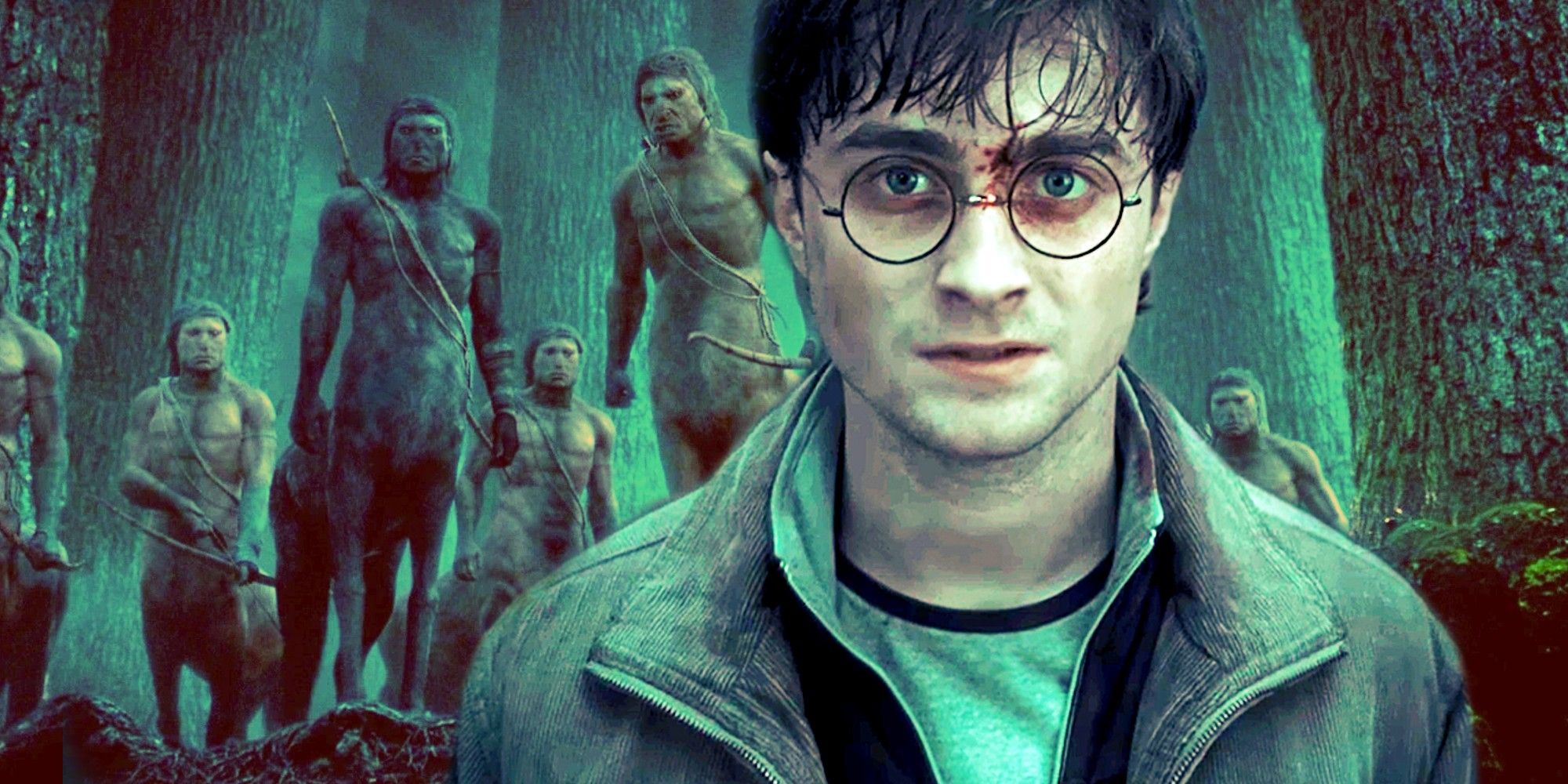
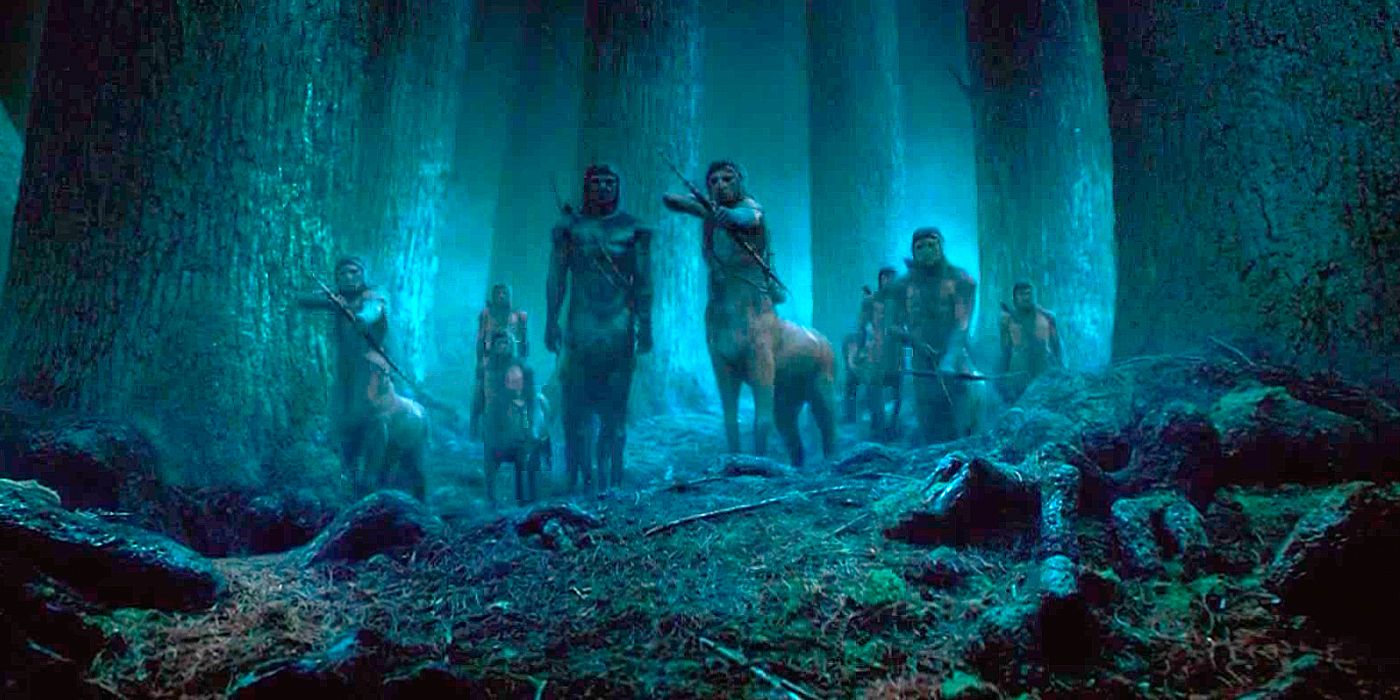
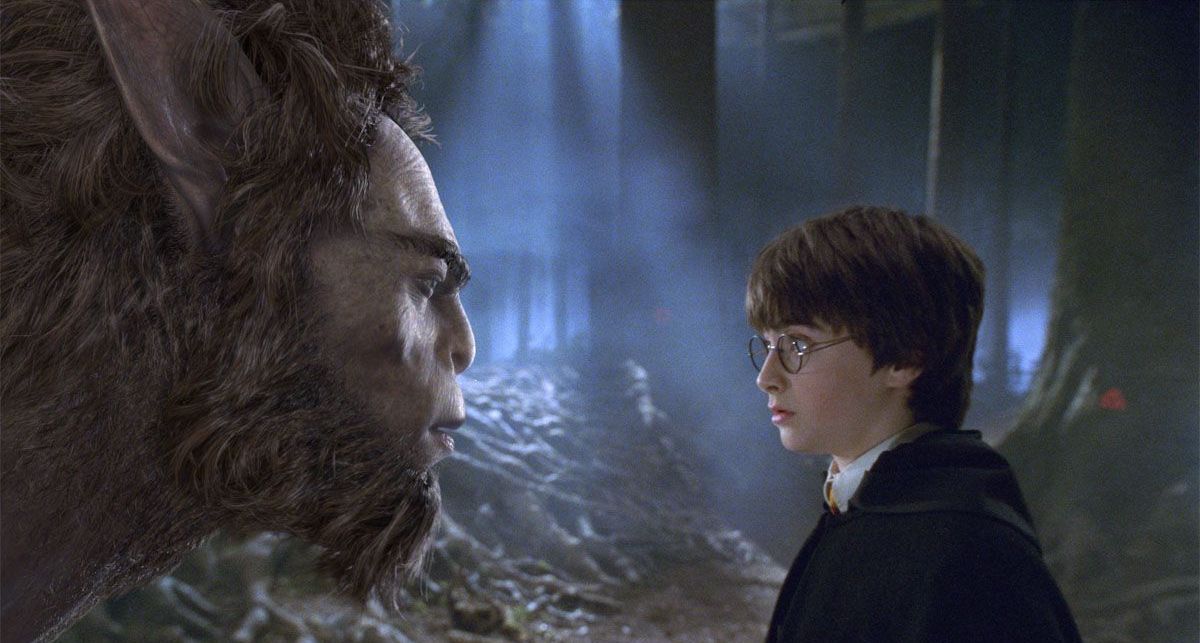
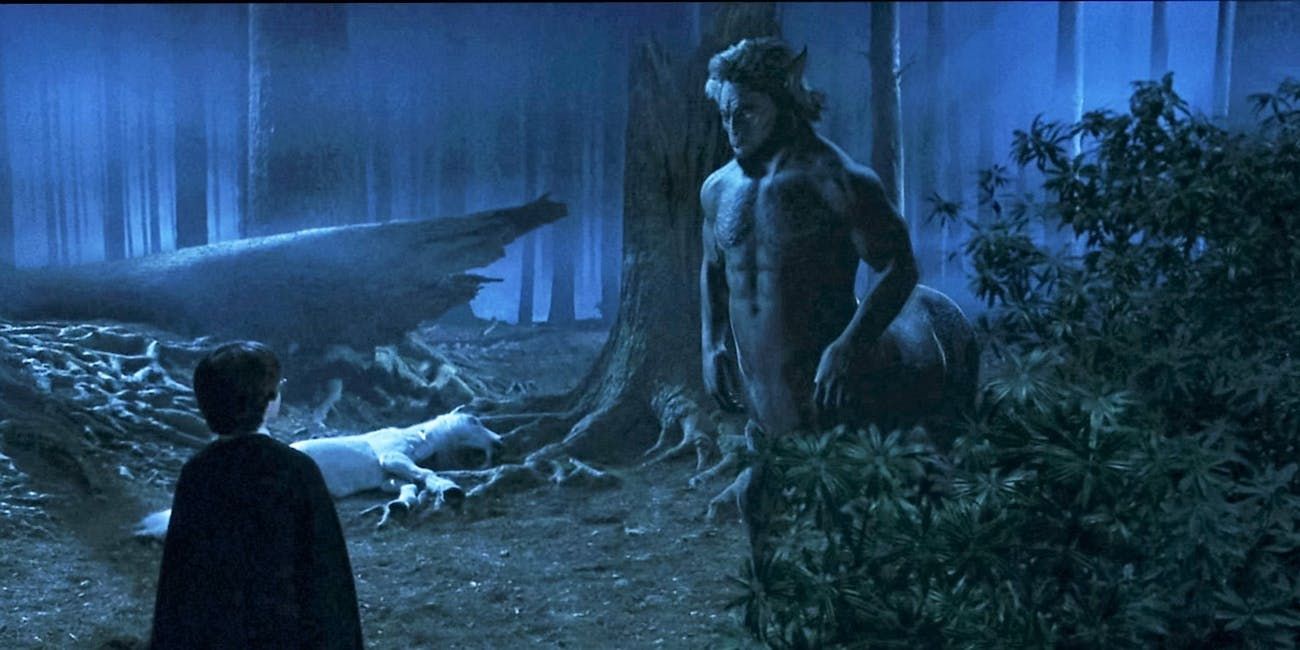




Another time Harry comes in contact with Voldemort in Philosopher’s Stone is when Firenze saves the boy’s life in the Forbidden Forest. Of course, the centaur’s decision wasn’t popular with his fellows. They criticized him for getting involved, saying, “We are sworn not to set ourselves against the heavens. Have we not read what is to come in the movements of the planets?” Harry had no idea what they were talking about, but it certainly seemed that the “movement of the planets” had indicated that Harry was destined to be killed by Voldemort.
The fact that Voldemort later killed Harry in that very same forest indicates that the centaurs were entirely correct.
This is further supported by Firenze’s later statement: “The planets have been read wrongly before now, even by centaurs. I hope this is one of those times.” As ominous as this was in Philosopher’s Stone, the fact that Voldemort later killed Harry in that very same forest indicates that the centaurs were entirely correct. They didn’t know when Harry would meet his fate, but it’s subtly implied in Harry Potter that these beings knew as early as the first book that the boy would have to sacrifice himself to the Dark Lord in the Forbidden Forest.
6. Harry Potter Is The Heir Of Gryffindor
Hinted At In Chamber Of Secrets
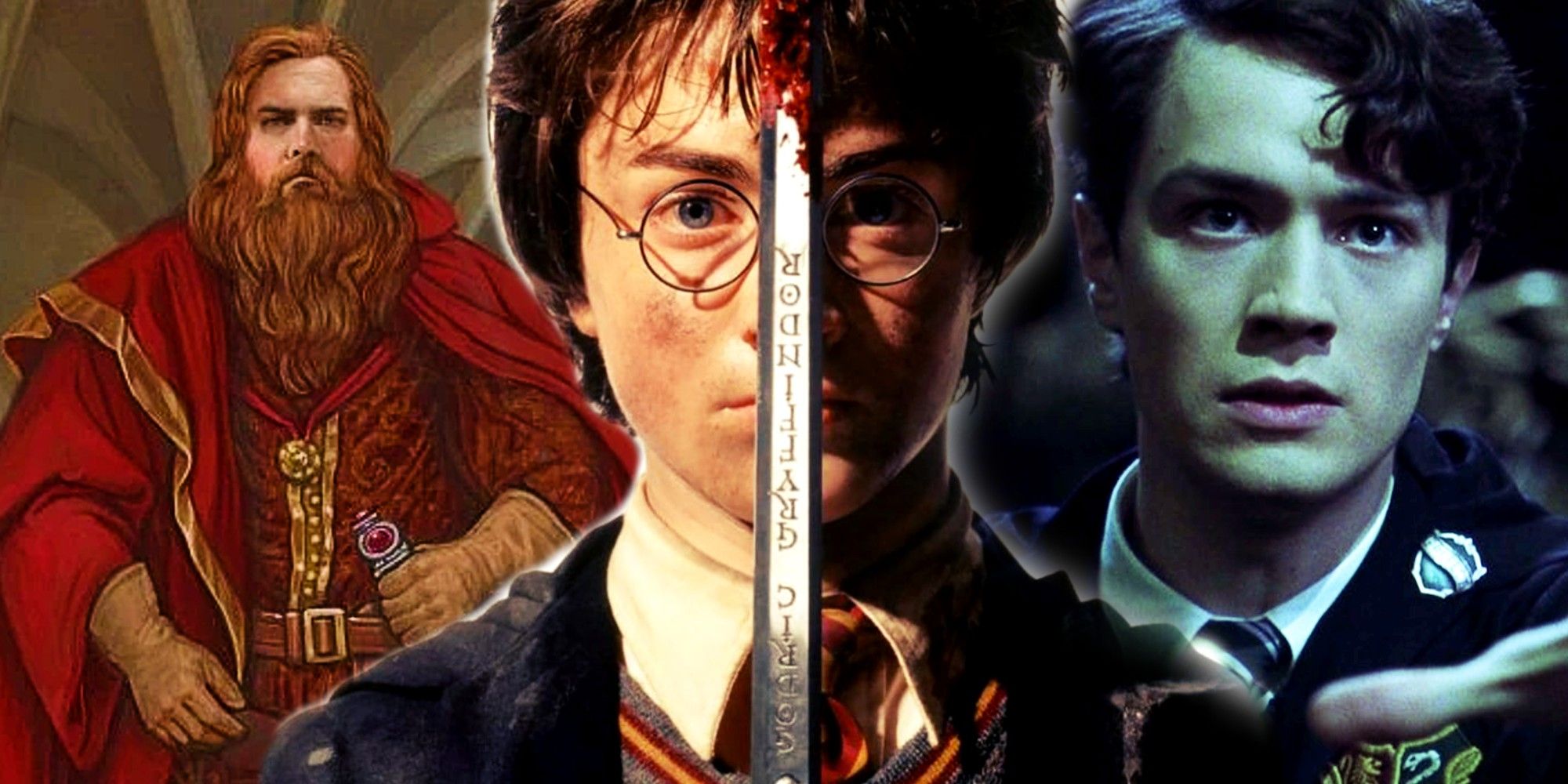
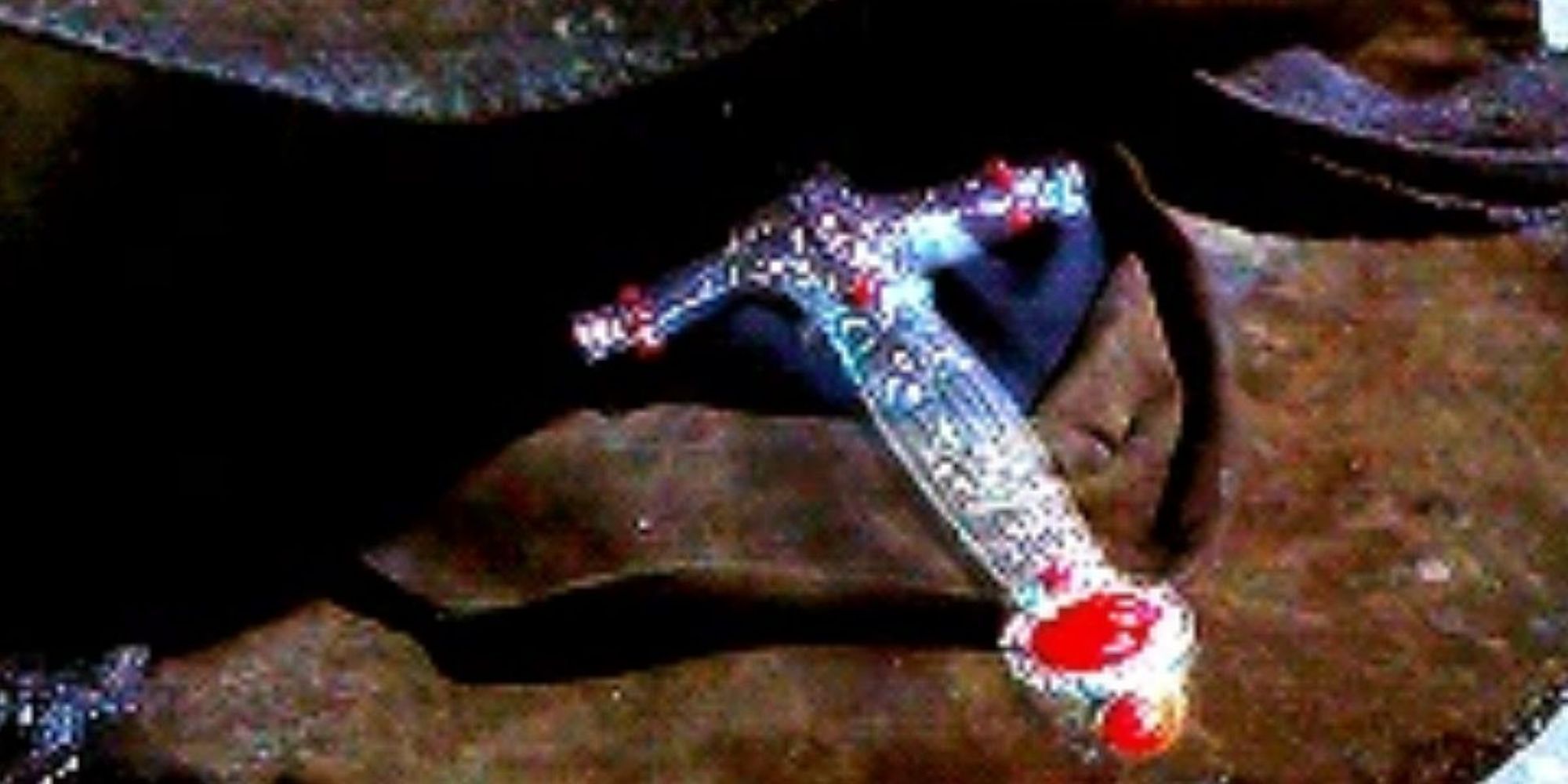
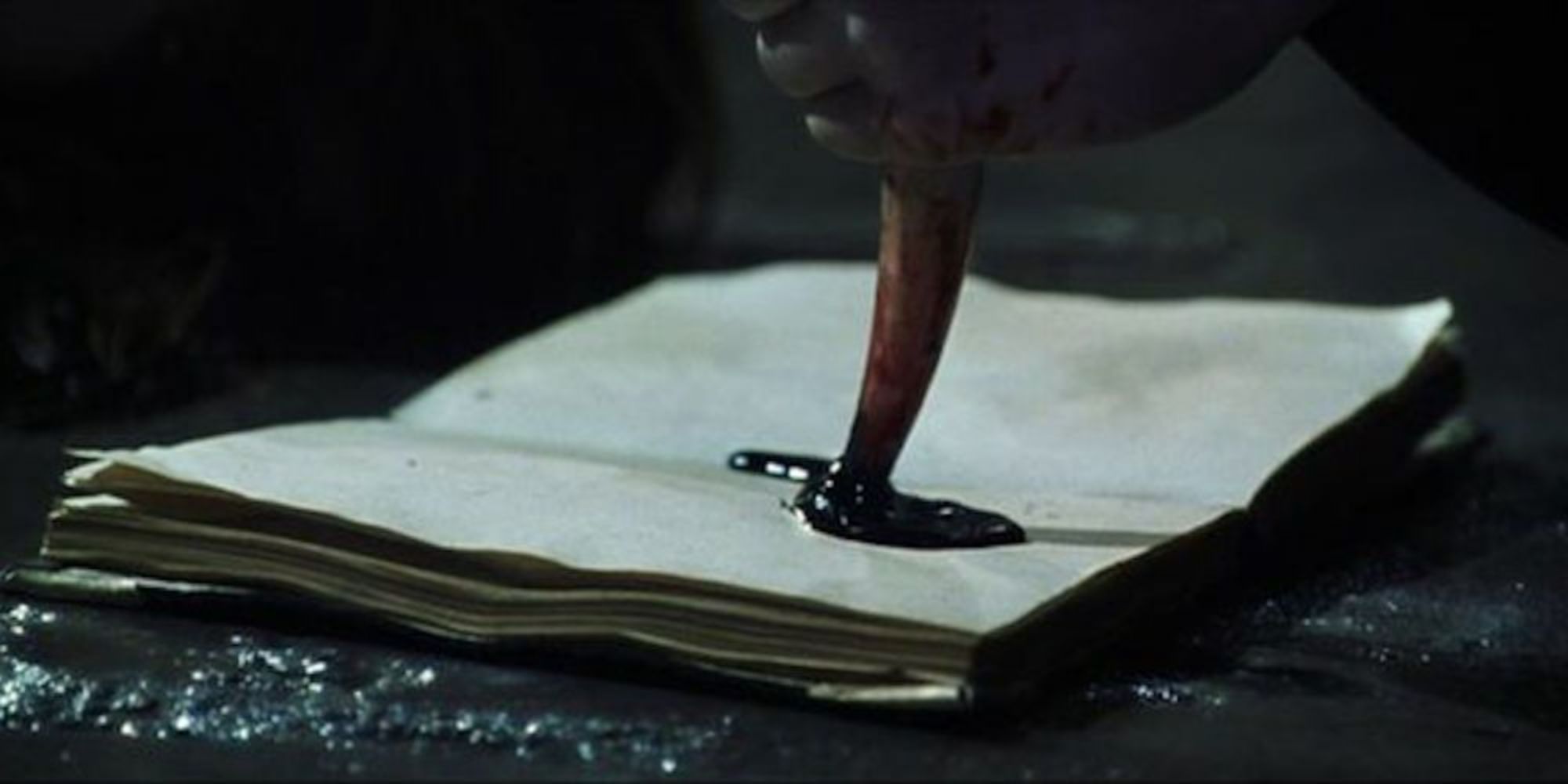
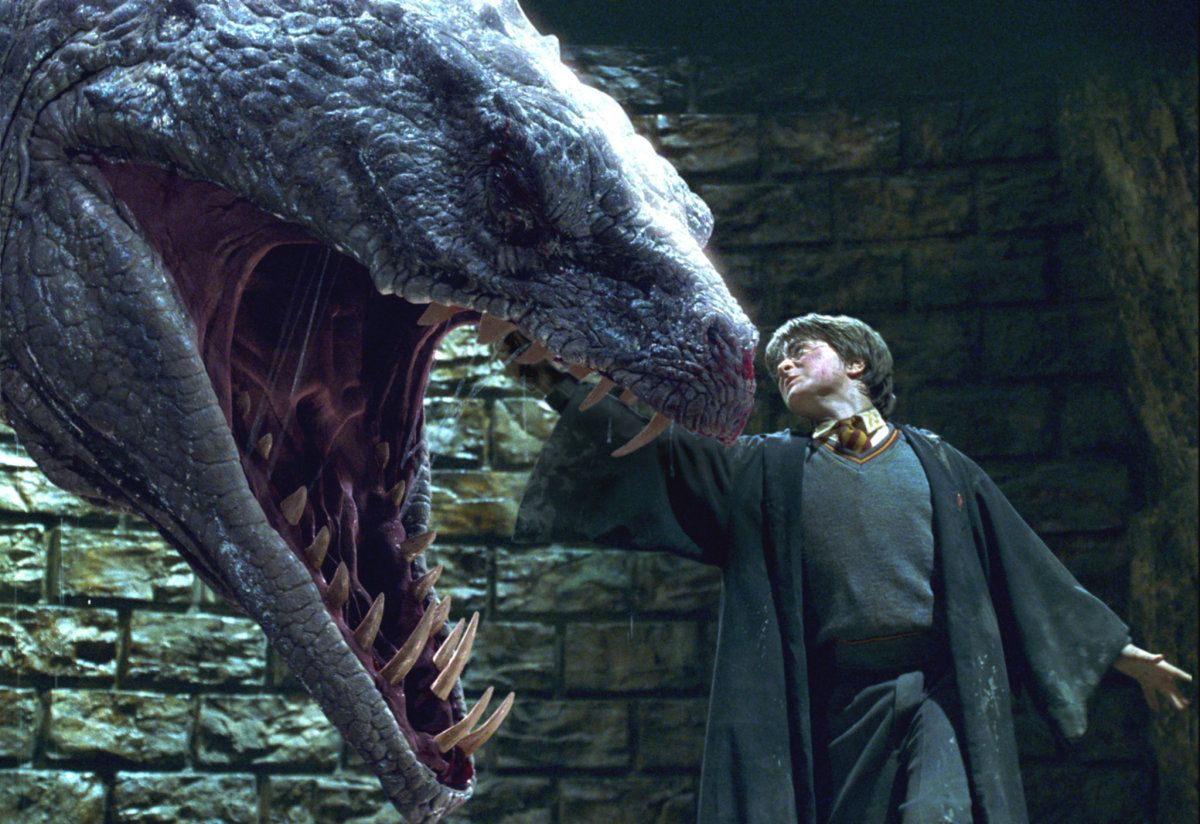




Throughout Harry Potter and the Chamber of Secrets, there was a lot of concern that Harry was the Heir of Slytherin. He was a Pastelmouth, and while Harry knew he hadn’t opened the Chamber of Secrets, he couldn’t deny that he shared some similarities with the Hogwarts founder. Of course, it was ultimately revealed that Harry possessed these qualities because he had a fragment of Voldemort’s soul within him, and the Dark Lord was the true Heir of Slytherin. However, the events of Harry’s second year at Hogwarts implied that he was the heir of a different founder.
The battle between Harry and the young Tom Riddle in Chamber of Secrets was full of parallels and symbolism. While Riddle had Slytherin’s Basilisk as a weapon, Harry was equipped with Gryffindor’s sword, and it’s implied that the scarlet and gold phoenix, Fawkes, was symbolic of Gryffindor as well. This fight was a sort of resolution to the ancient conflict between Slytherin and Gryffindor, and since one is a confirmed heir, it’s a safe assumption that the other is as well.
5. Salazar Slytherin Created A Horcrux
Hinted At In Chamber OF Secrets & J.K. Rowling’s Additional World Building
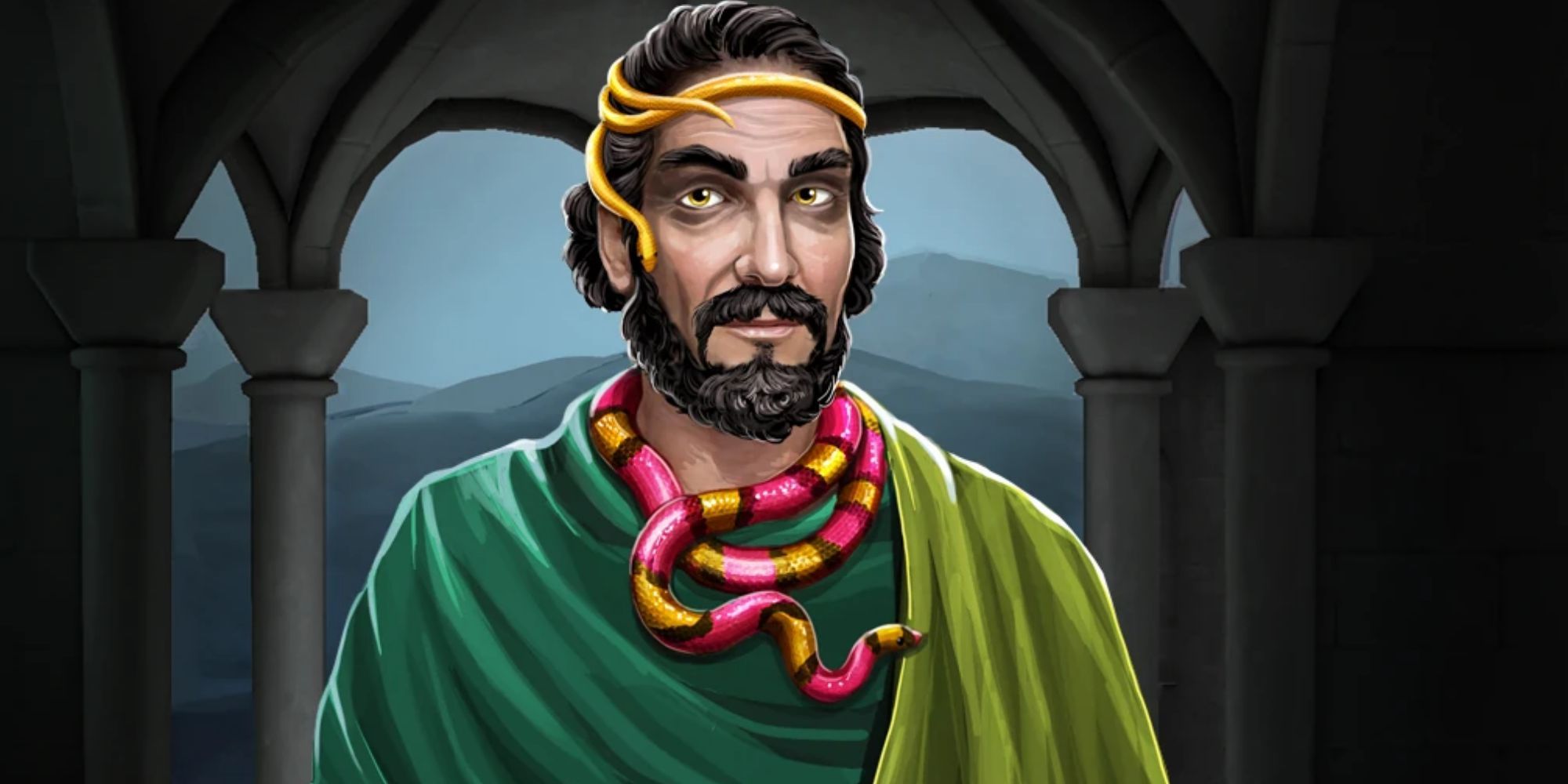
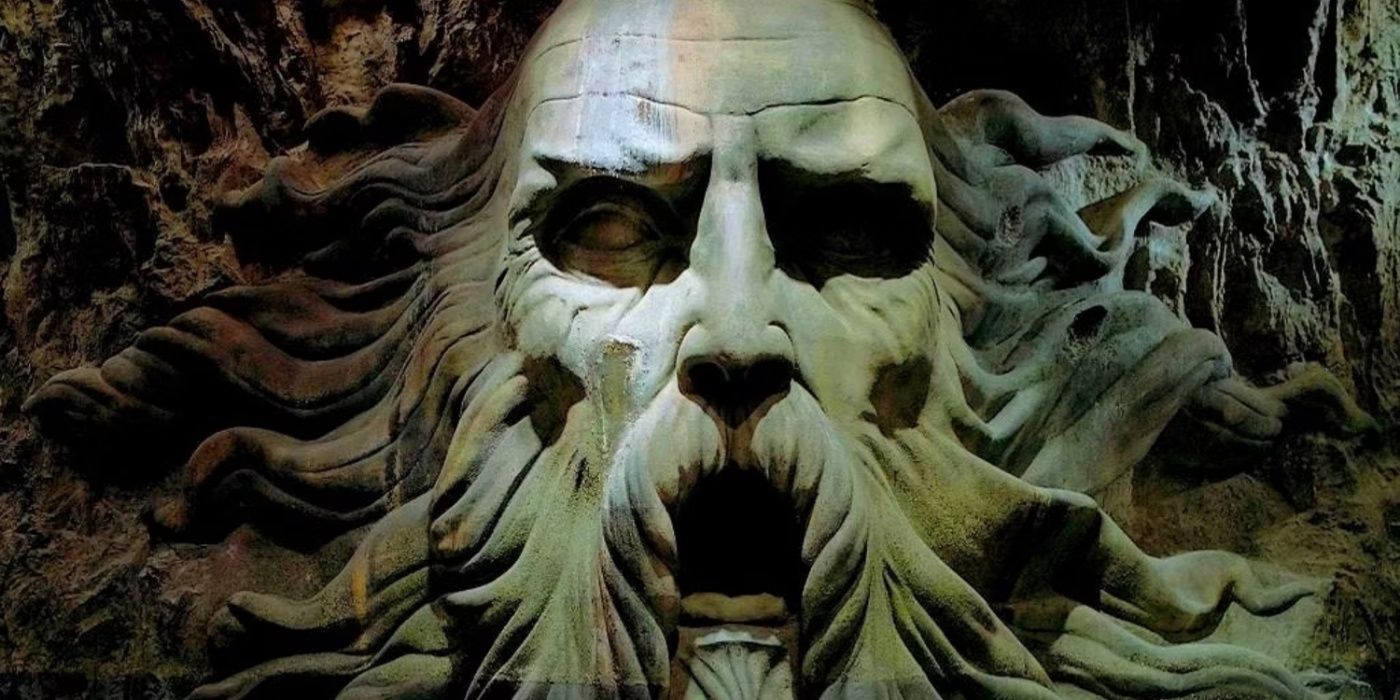
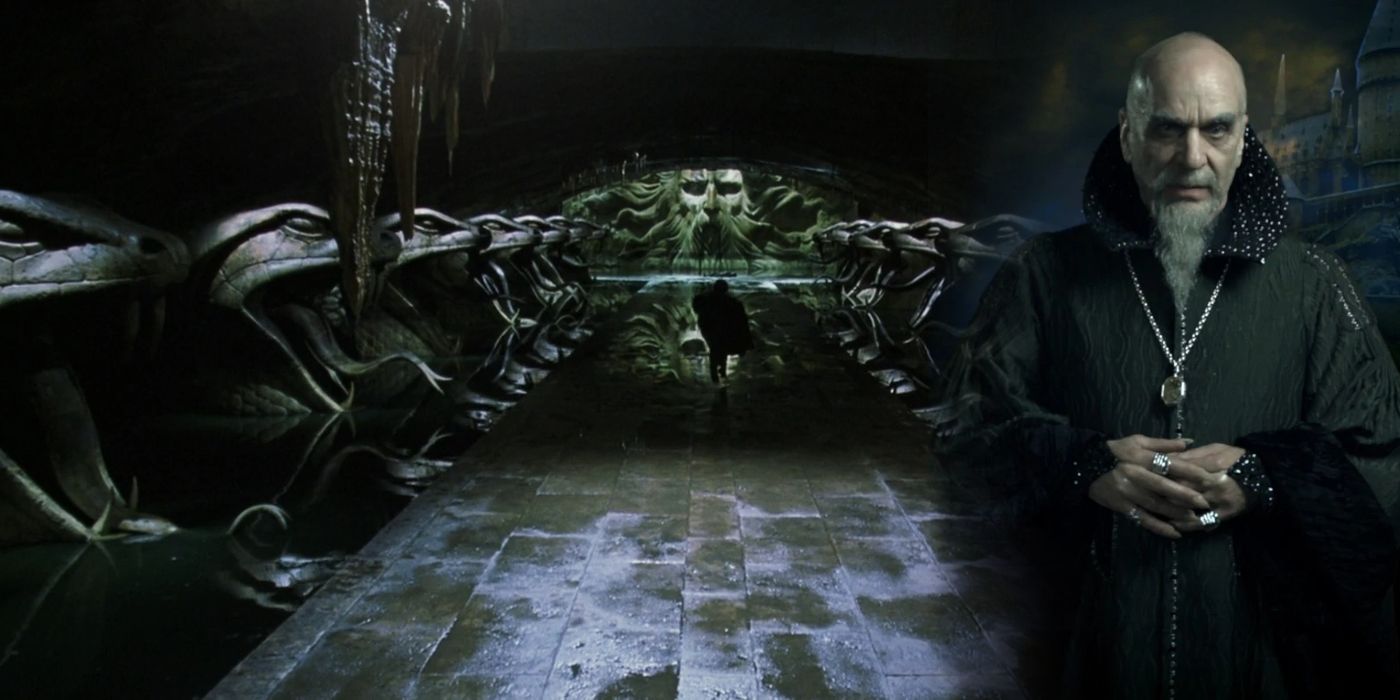
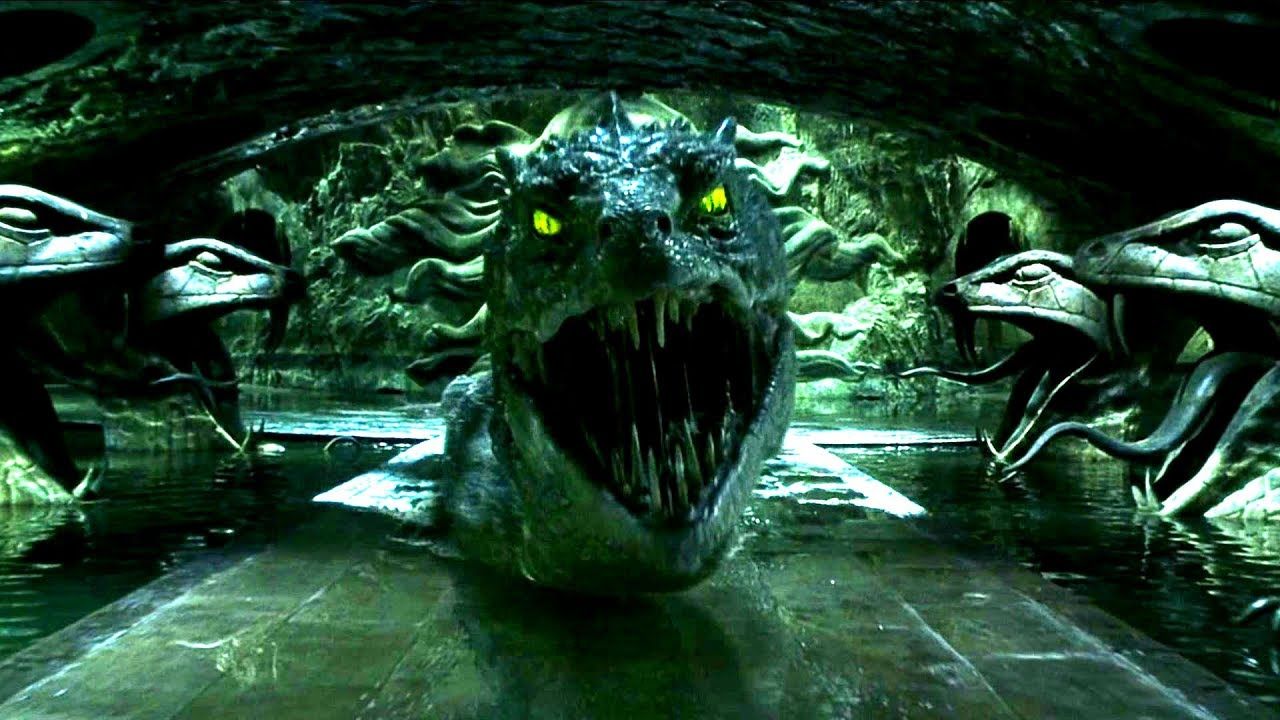




Chamber of Secrets is when readers were first introduced to one of Voldemort’s Horcruxes, though they didn’t know it then. Tom Riddle’s diary was the first item in which he hid away a piece of his soul, and it was intended as a sort of key to ensuring that the Chamber of Secrets would again be opened. Naturally, this means that Slytherin’s basilisk and Riddle’s Horcrux have a direct connection, which becomes all the more interesting with the reveal that the wizard who invented Horcruxes was the same person who had first bred a basilisk.
What his chosen item might have been is anyone’s guess—perhaps the basilisk itself is a Horcrux.
Herpo the Foul is the dark wizard credited with the creation of both Horcruxes and basilisks and while this could be a coincidence in the real world, the same cannot be said for the world of literature. Such a connection must mean something, and the implication seems to be that Slytherin, who bred the Chamber of Secrets’ monster, would have created a Horcrux for himself as well. What his chosen item might have been is anyone’s guess—perhaps the basilisk itself is a Horcrux. Regardless, this implies that Slytherin’s soul is still tethered to the world of the living.
4. Lily Contributed To Snape’s Potion Book
Hinted At In Half-Blood Prince & Deathly Hallows
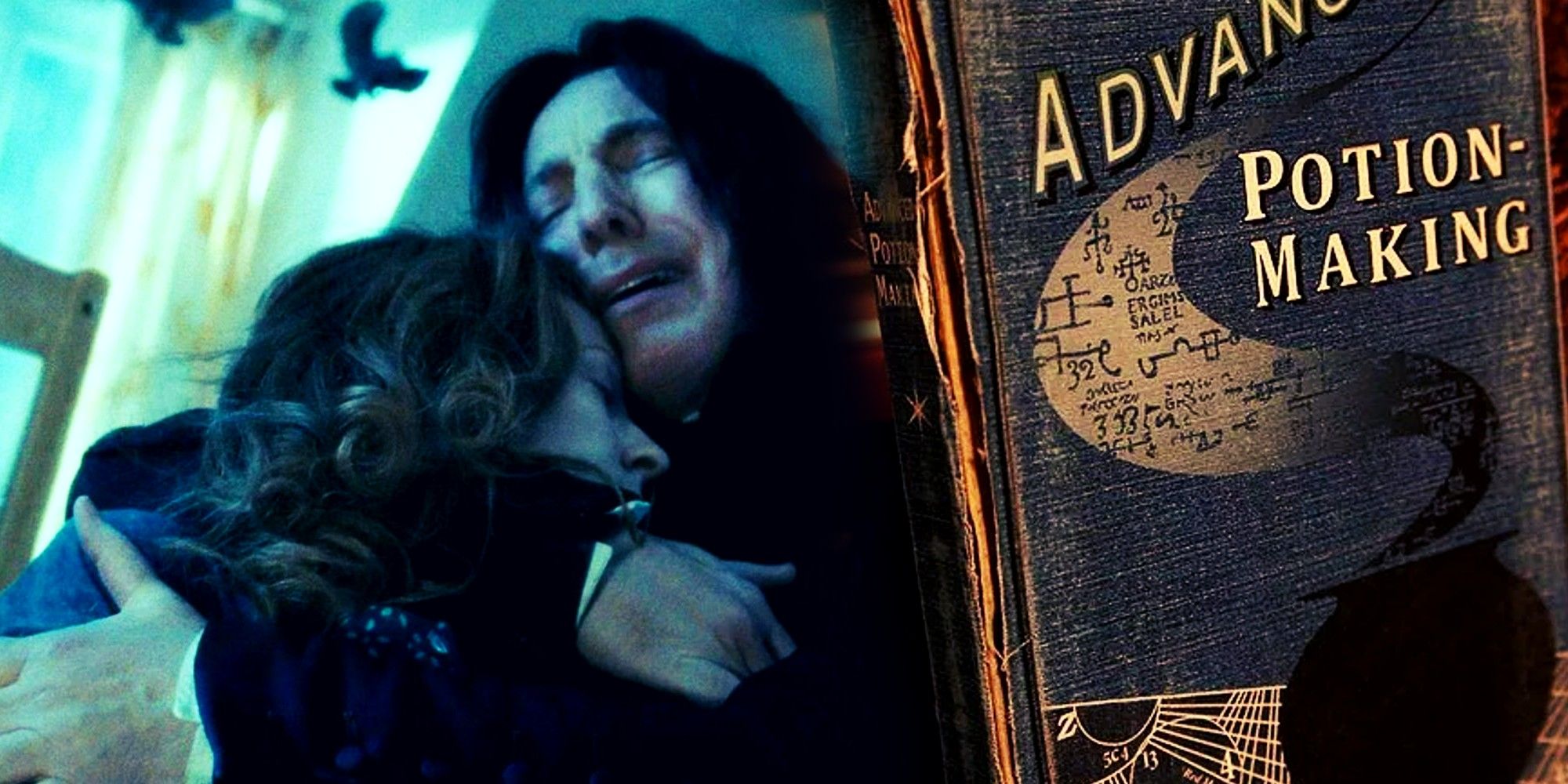
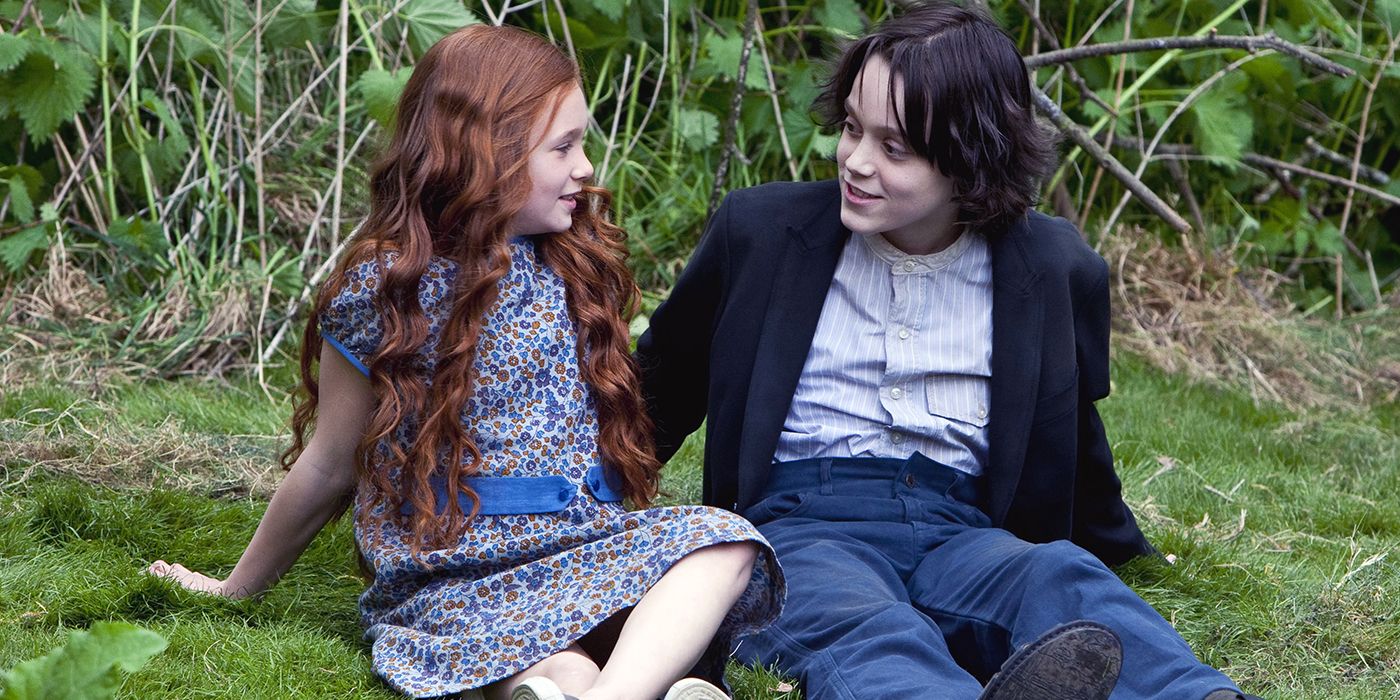
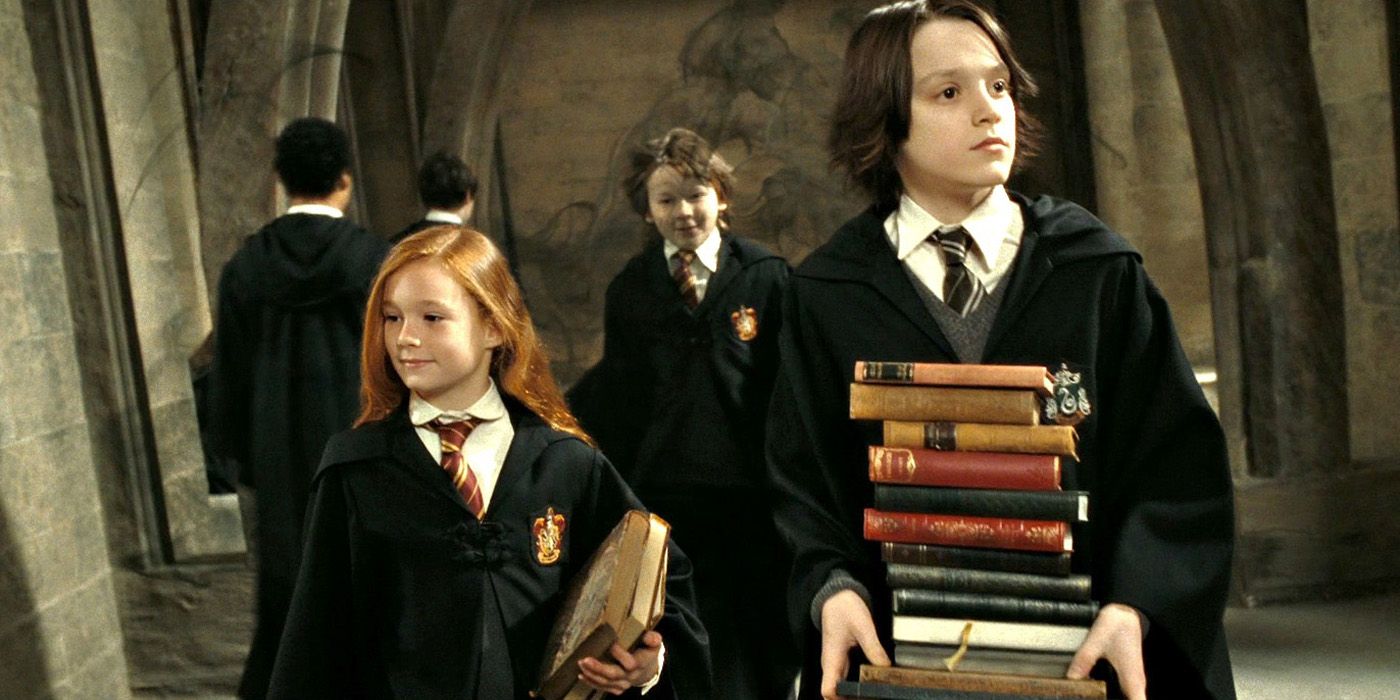



Whenever Harry used his potions book in class in HAlf-Blood Prince, Professor Slughorn commented that Harry was just like his mother. This, combined with Hermione’s frequent comments that the Half-Blood Prince could have been a girl, further hinted that Lily Evens might have been the previous owner of Harry’s potions book. Harry even momentarily suspected that James was the Prince, further indicating that Harry had a personal connection to this mysterious person. Of course, all of this was a red herring. However, further Harry Potter revelations hint that Lily’s genius at potions made it into the Half-Blood Prince’s book.
Lily Evans and Severus Snape were best friends until the end of their fifth year at Hogwarts when the latter called the former a Mudblood. This means that when Snape took his NEWT-level Potions class (which required the book Advanced Potions Making) in his sixth year, he and Lily had already gone their separate ways. However, the fact that both students were genius potion makers indicates that creating brews would have been a key aspect of their friendship. Likely, many of the tips and tricks written in Snape’s potion book had been preciously inspired by Lily’s cleverness.
Gryffindor and Slytherin always took Potions class together in Harry Potter , so Snape and Lily would have taken this class together both before and after their friendship ended.
3. Neville Longbottom Was Never A Bad Wizard
Hinted At In Half-Blood Prince
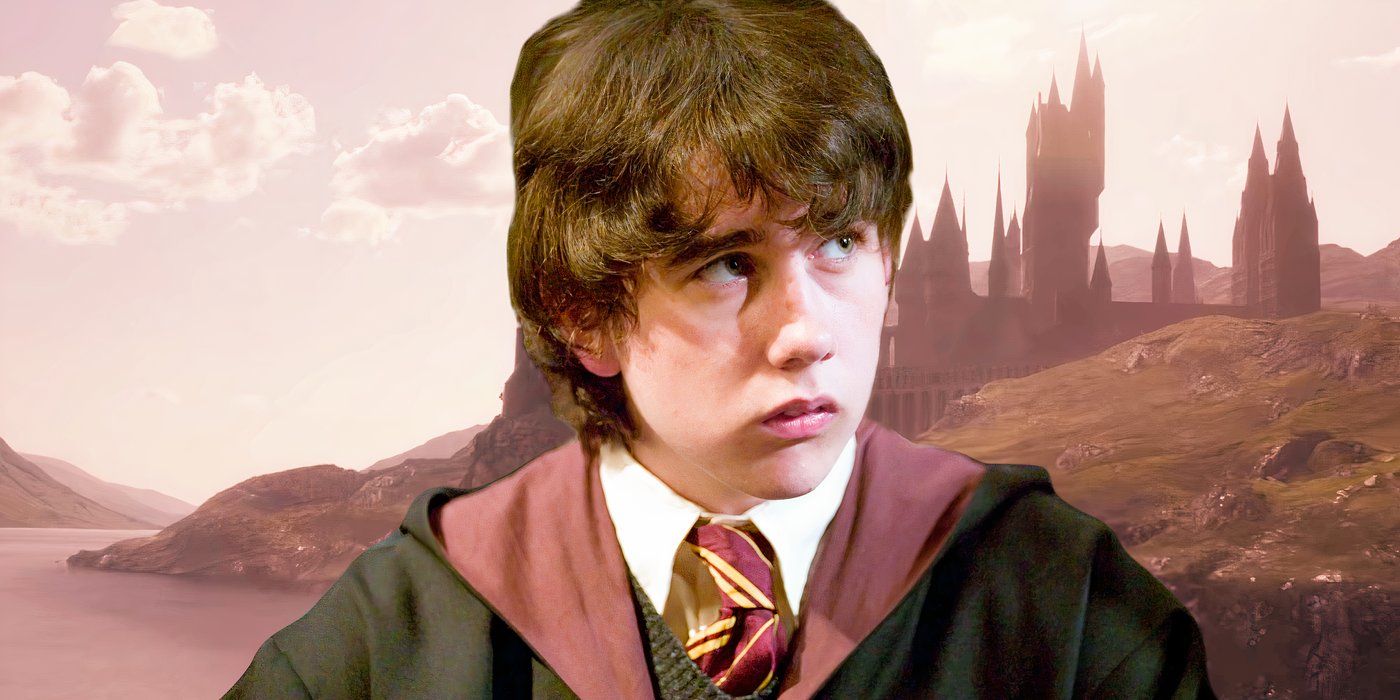
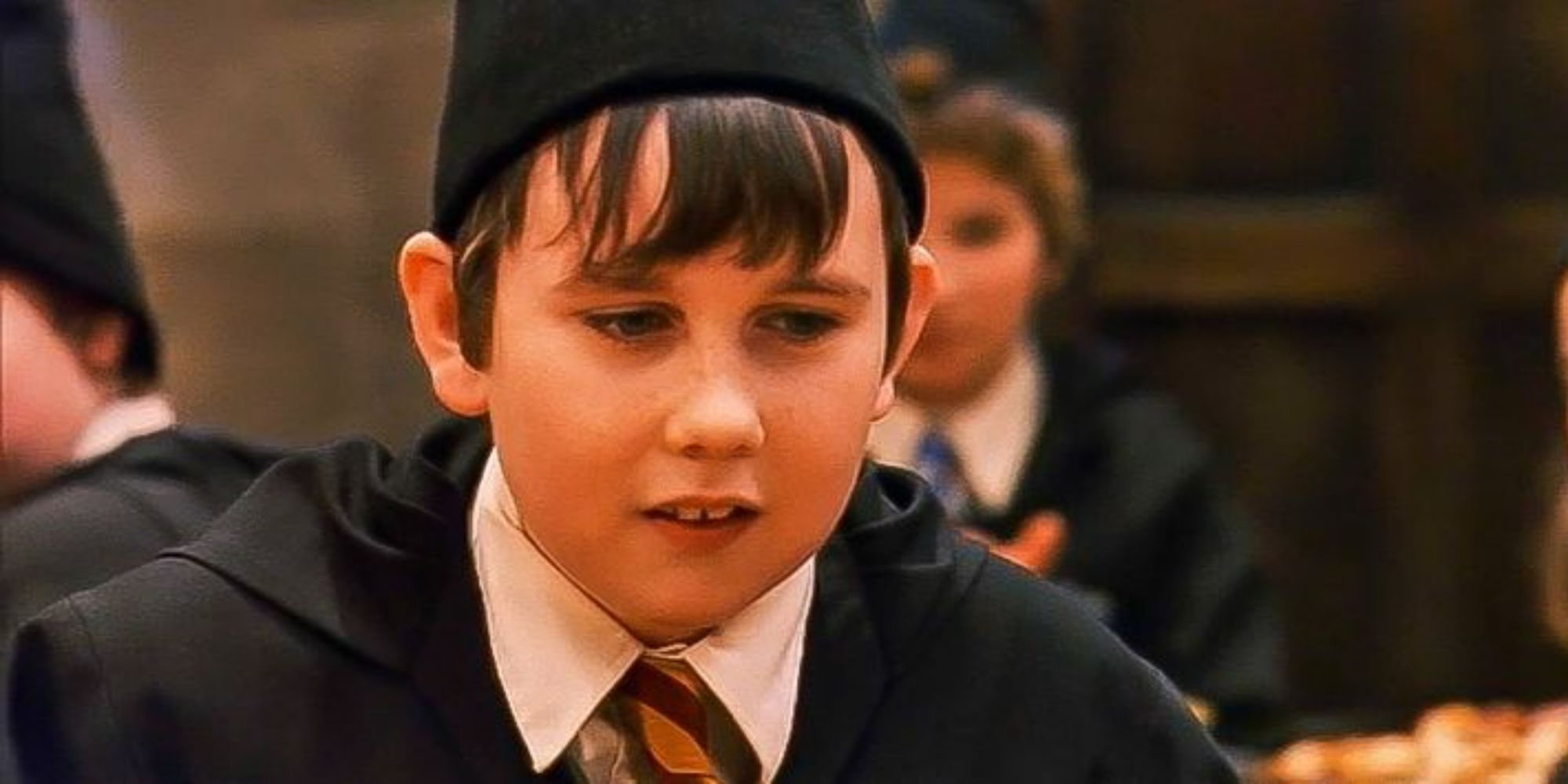
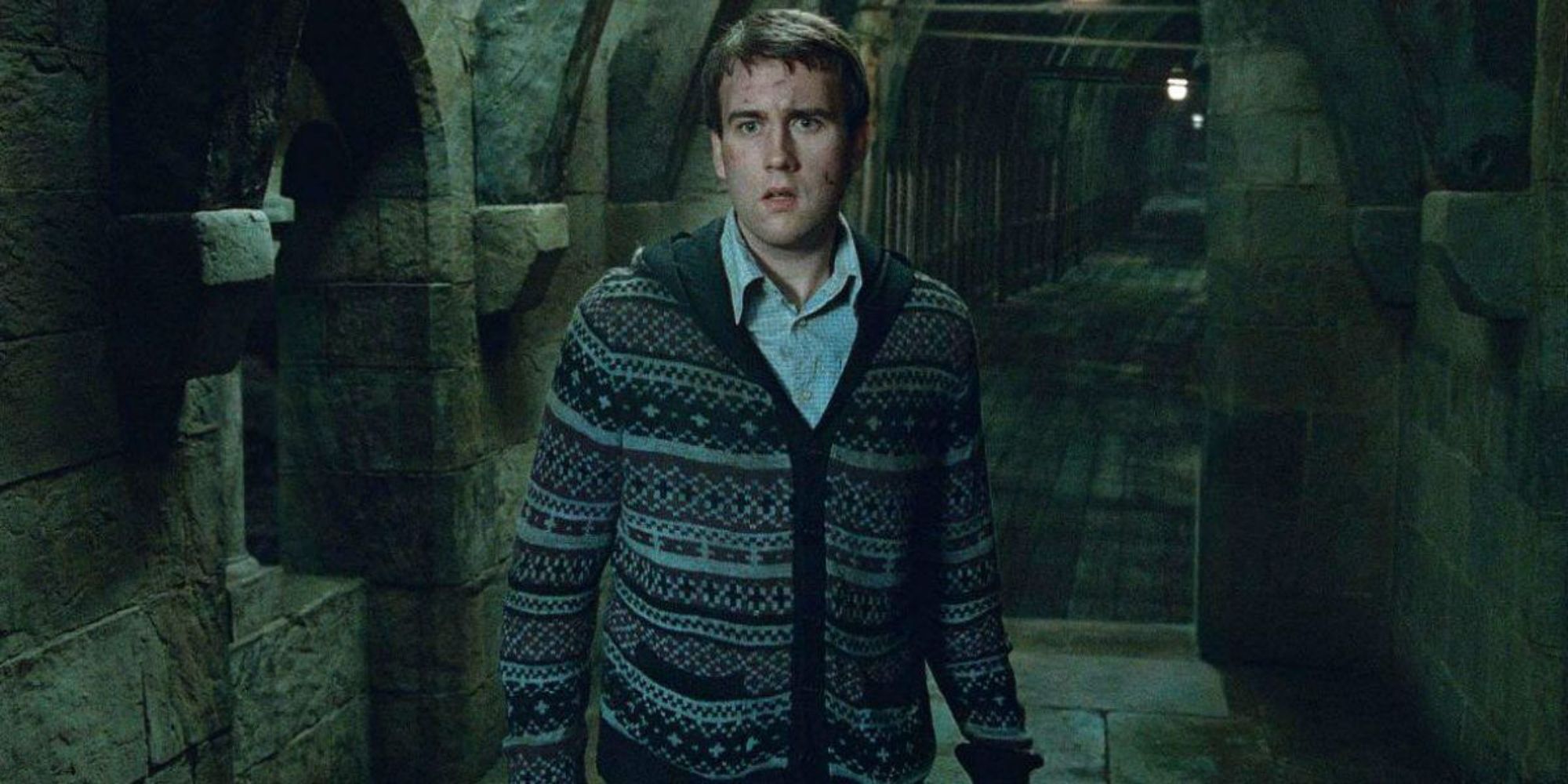
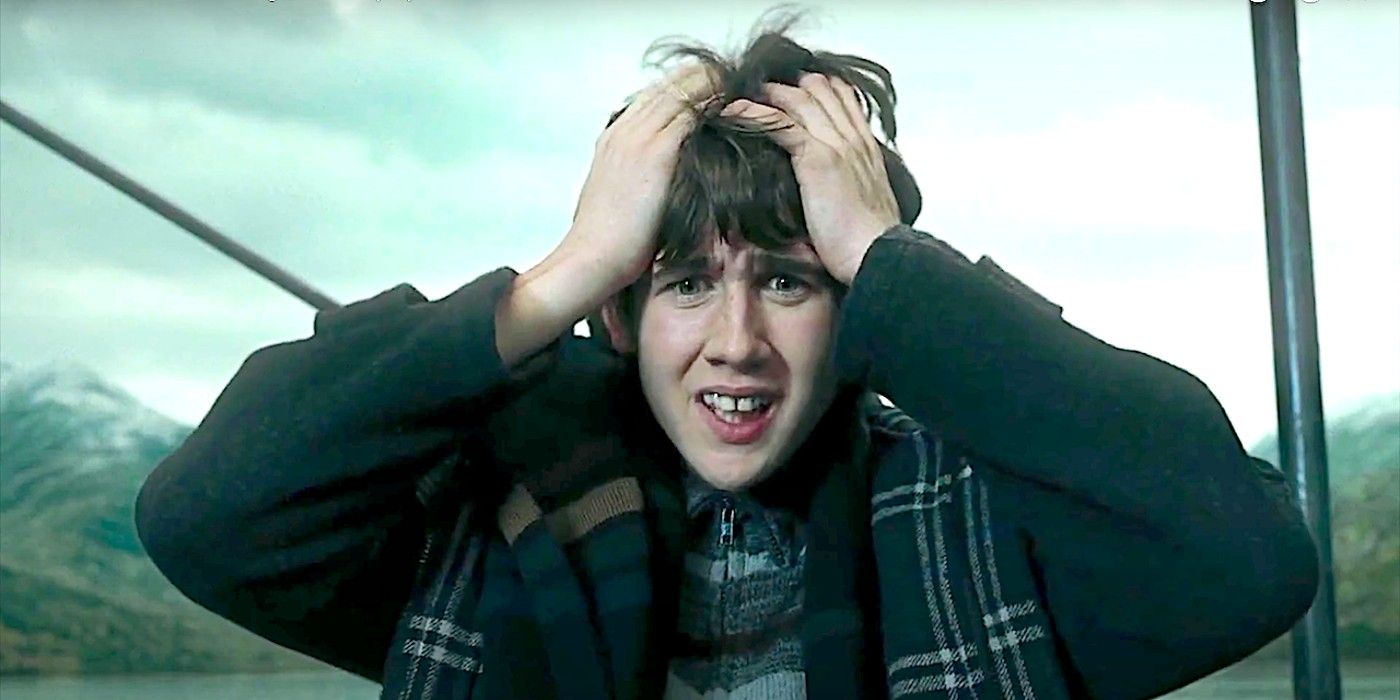
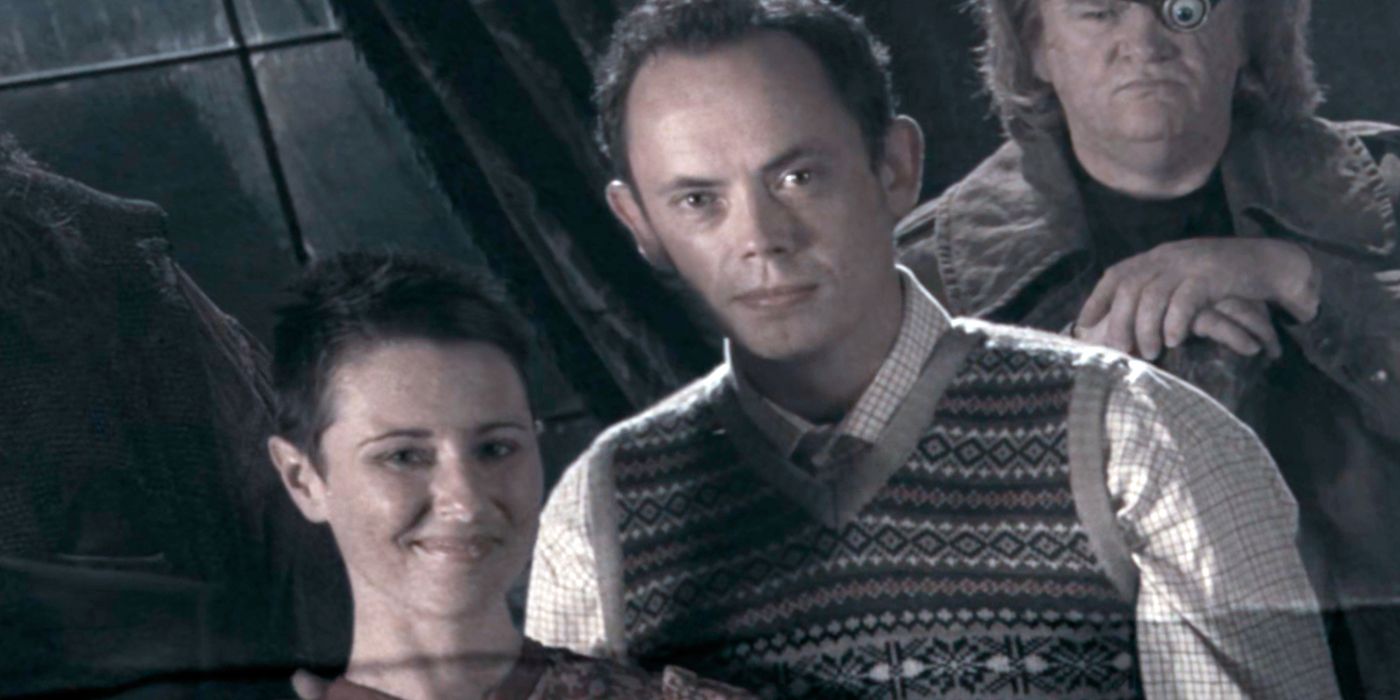





Neville Longbottom was a bit of a mess until Harry Potter and the Order of the Phoenix when he gained some confidence in magic by working with Harry at Dumbledore’s Army meetings. Then, in Half-Blood Prince, things turned around for Neville, and by Deathly Hallows, he was a force to be reconned with. The Gryffindor boy led Hogwarts’ resistance against the implanted Death Eaters, fighting bravely at the Battle of Hogwarts and even delivering the killing blow against the deadly snake (and Horcrux), Nagini. So what changed?
Since a wizard’s wand will never perform as well for another, it’s implied that Neville’s struggles had nothing to do with his talent.
While Harry’s teaching made a difference, there is the implication throughout Harry Potter that Neville’s own family had set him up for failure. His Gran was adamant that Neville be like his Auror father, Frank Longbottom. She even gave her grandson Frank’s wand, which was destroyed in Order of the Phoenix at the Ministry of Magic. This meant that the first time Neville got his own wand was in his sixth year, when his magical performance significantly improved. Since a wizard’s wand will never perform as well for another, it’s implied that Neville’s struggles had nothing to do with his talent.
2. Voldemort Found An Object Belonging To Godric Gryffindor
Hinted At In Half-Blood Prince
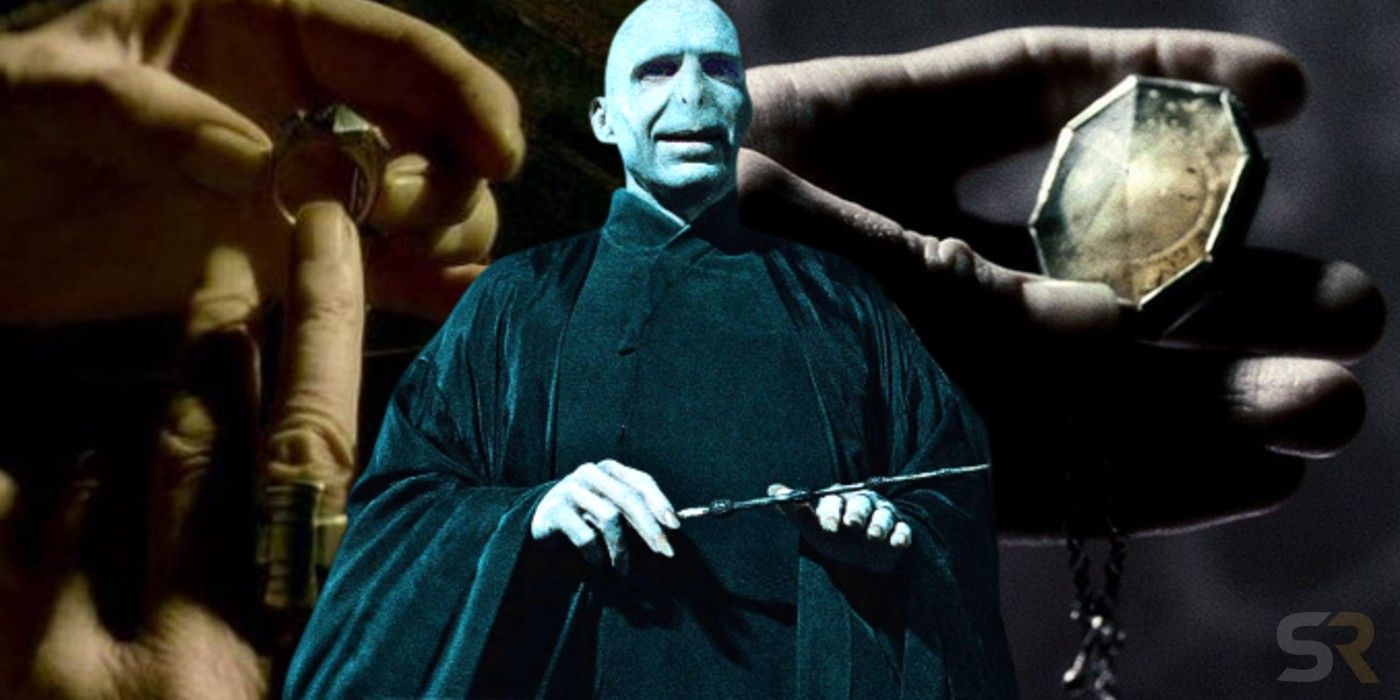
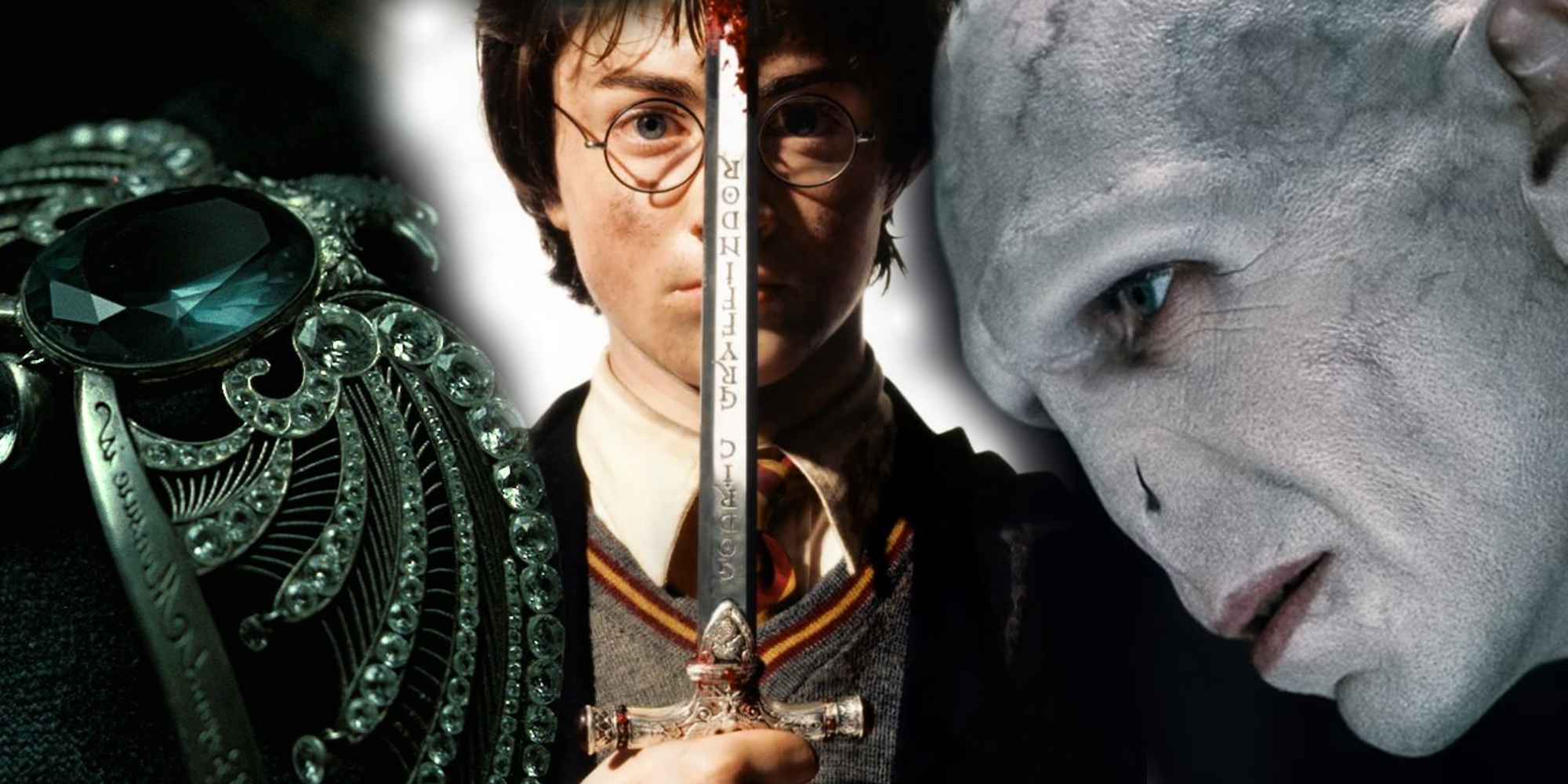
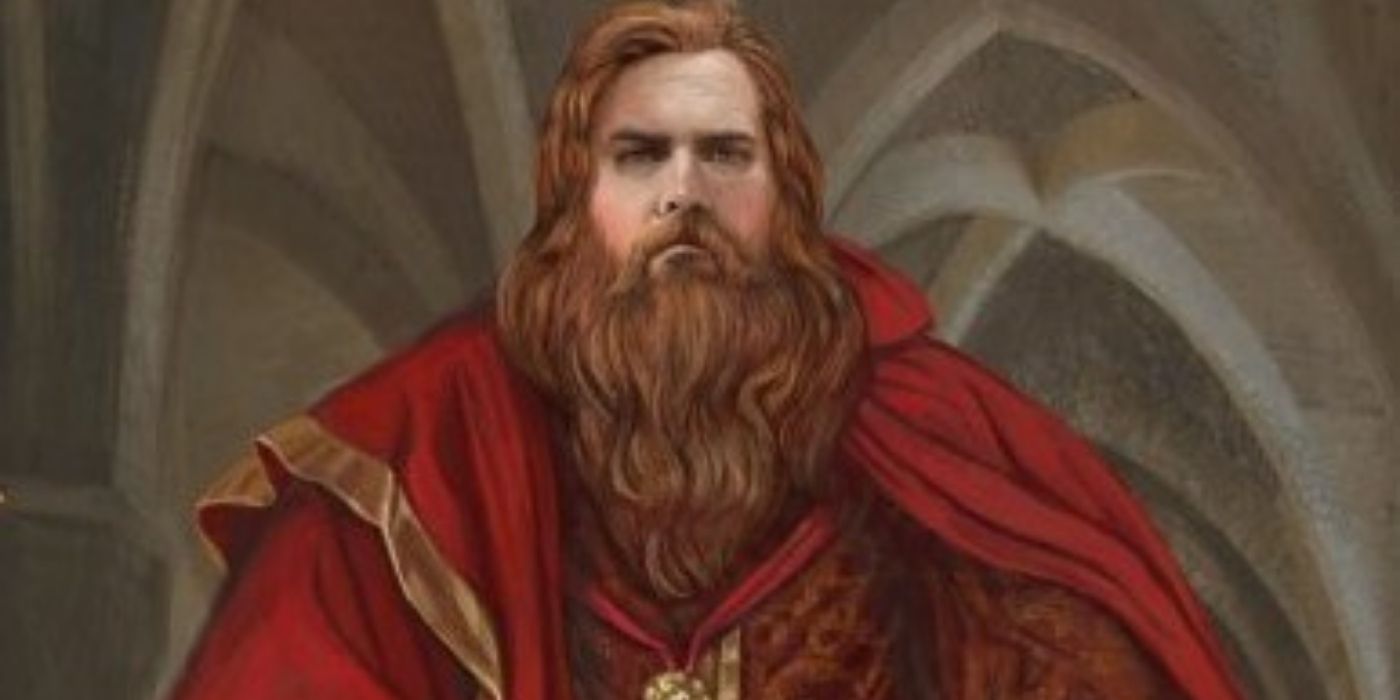



Voldemort liked to use special items for his Horcruxes—items that proved his importance in the wizarding world. He preferred Hogwarts founders’ items and did his best to find something belonging to all four. Ultimately, Voldemort got his hands on Slytherin’s locket, Hufflepuff’s cup, and Ravenclaw’s diadem, but he failed to obtain something that belonged to Godric Gryffindor. The only known artifact was Gryffindor’s sword, but it’s clear that the Dark Lord never turned that into a Horcrux. However, there are hints that Voldemort found something else.
In Harry Potter and the Half-Blood Prince, Dumbledore explained that Voldemort had initially intended to use Harry’s murder to create his final Horcrux. Of course, things didn’t go as the Dark Lord had planned (though he accidentally and unknowingly turned Harry into a Horcrux instead). Still, this means that Voldemort would have brought an item with him to Godric’s Hallow, which was likely destroyed when the Killing Curse backfired. Though precisely what this item was is never revealed, the location where the Horcrux would have been created and the fact that only an item from Gryffindor was missing from Voldemort’s collection is very telling.
1. Lily & Petunia Didn’t Completely Cut Contact
Hinted At In Deathly Hallows
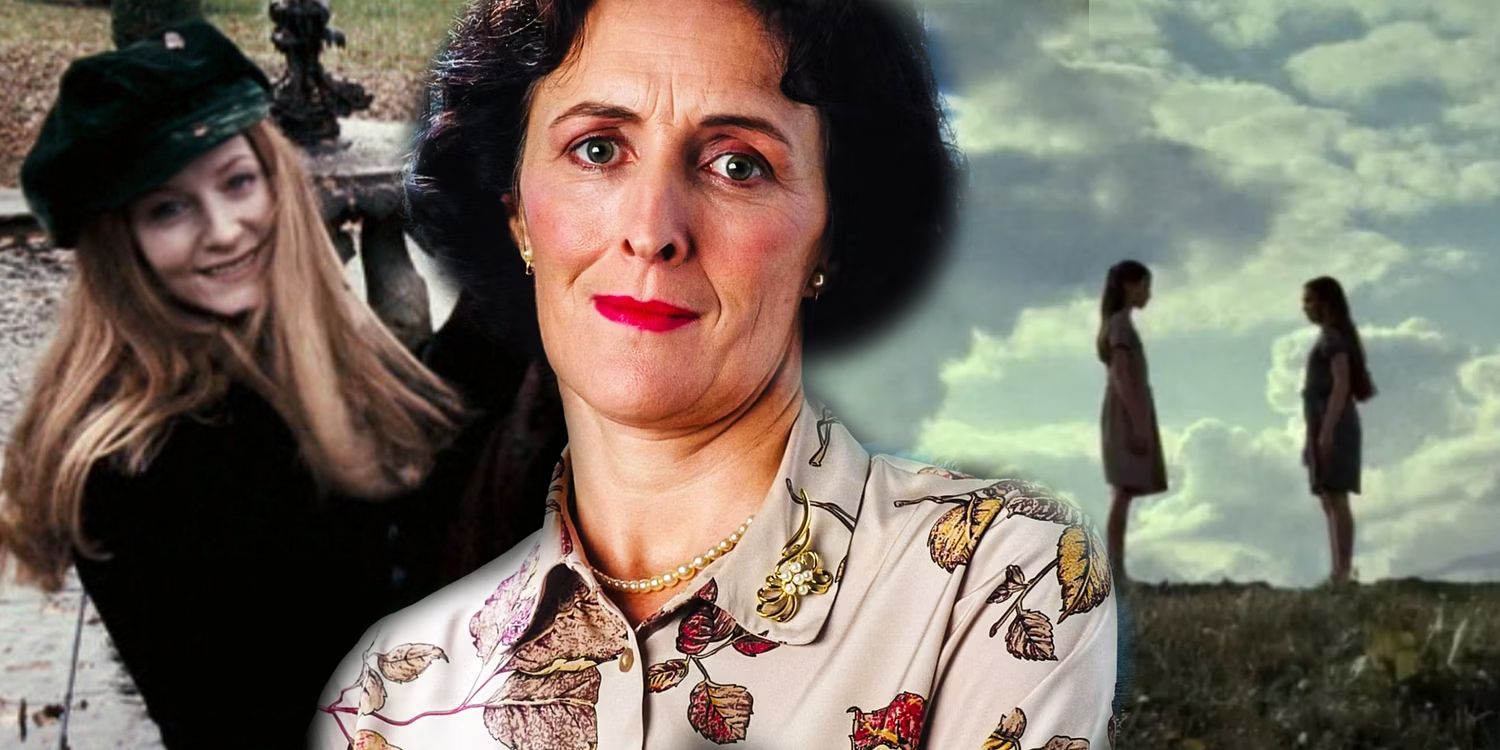
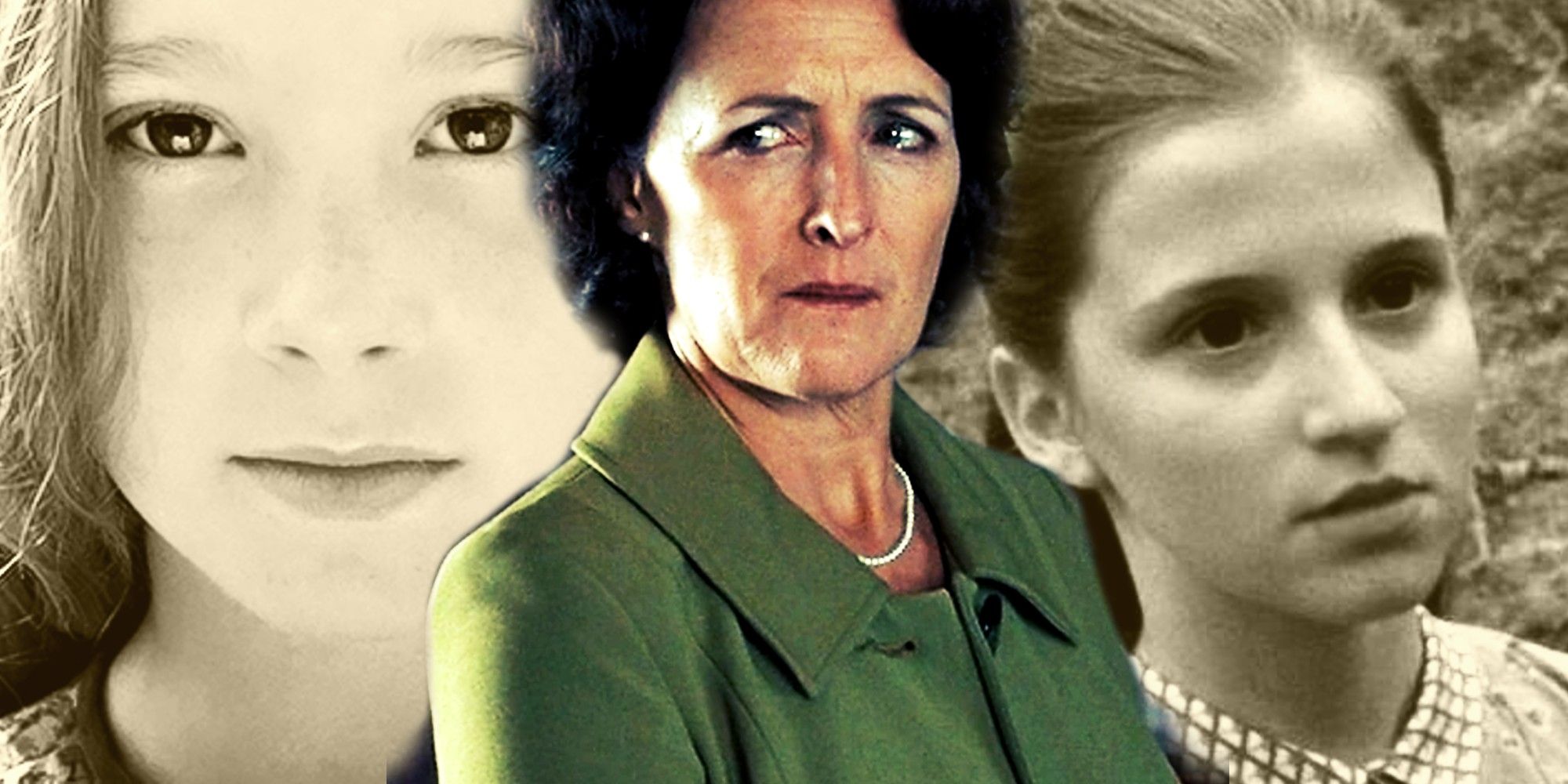
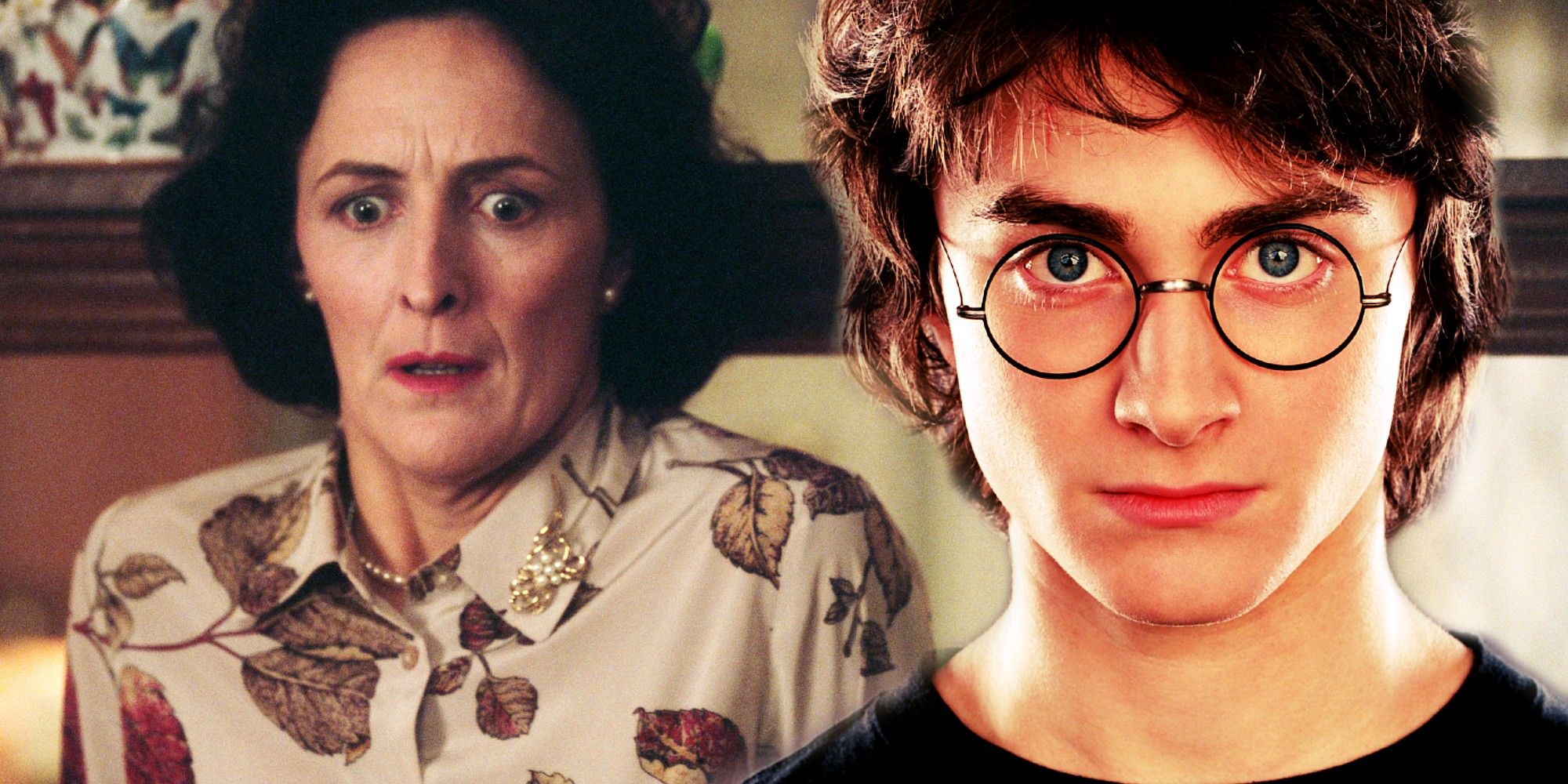



Harry assumed for most of Harry Potter that Lily and Petunia Evans had never cared much for one another, but Harry Potter and the Deathly Hallows reveals that this wasn’t true. In Snape’s memories, Harry learned that Petunia had once been desperate to attend Hogwarts with her sister but that the magical world’s rejection of her led to a painful rift. Petunia ultimately shunned anything to do with magic, including Lily. Before gaining guardianship over Harry, the Evans sisters hadn’t been in contact for years—but there’s a subtle hint in Harry Potter that this wasn’t the case.
It’s odd that Harry’s aunt would send Lily such a gift since, as far as Vernon believed, Petunia had taken to pretending Lily didn’t exist.
Near the beginning of Harry Potter and the Deathly Hallows, Harry reads a letter from his mother to Sirius that briefly mentions that Harry had broken an ugly vase that Petunia had sent for Christmas. While this seems like a minor detail, it’s odd that Harry’s aunt would send such a gift since, as far as Vernon believed, Petunia had taken to pretending Lily didn’t exist. This suggests that Lily and Petunia weren’t quite as estranged as they seemed. They might have even worked things out if Lily hadn’t died in Harry Potter. Unfortunately, we will never know.

